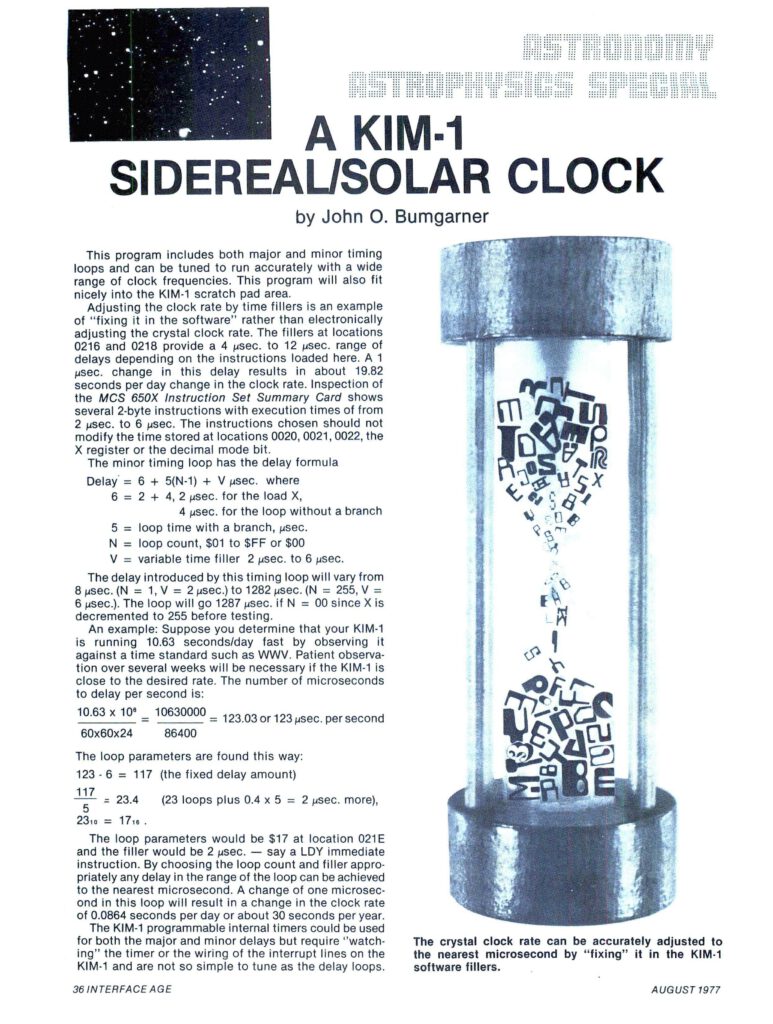
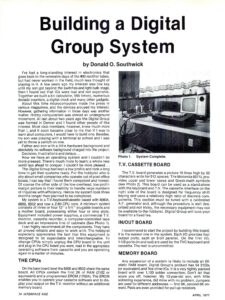 |
Building a Digital Group System |
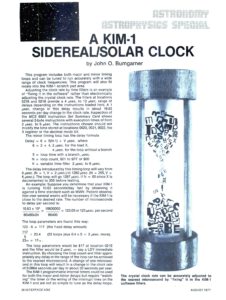 |
A KIM-1 Sidereal clock |
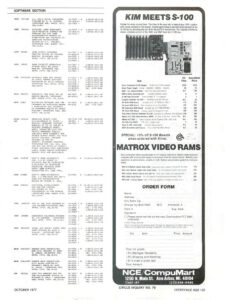 |
Advert KIM meets S100, KIMSI |
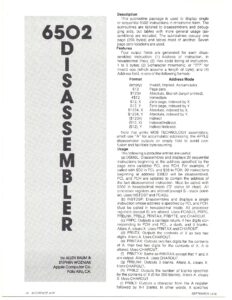 |
6502 disassembler Steve Wozniak Allan Baum |
About small SBC systems
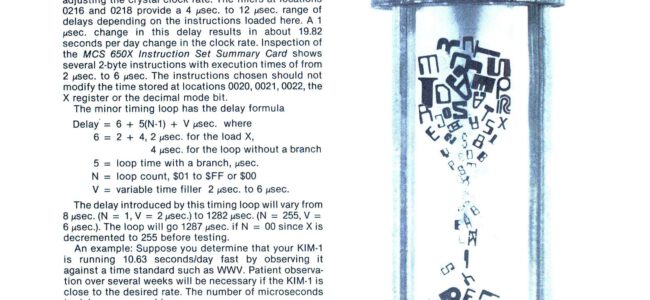

 |
Building a Digital Group System |
 |
A KIM-1 Sidereal clock |
 |
Advert KIM meets S100, KIMSI |
 |
6502 disassembler Steve Wozniak Allan Baum |

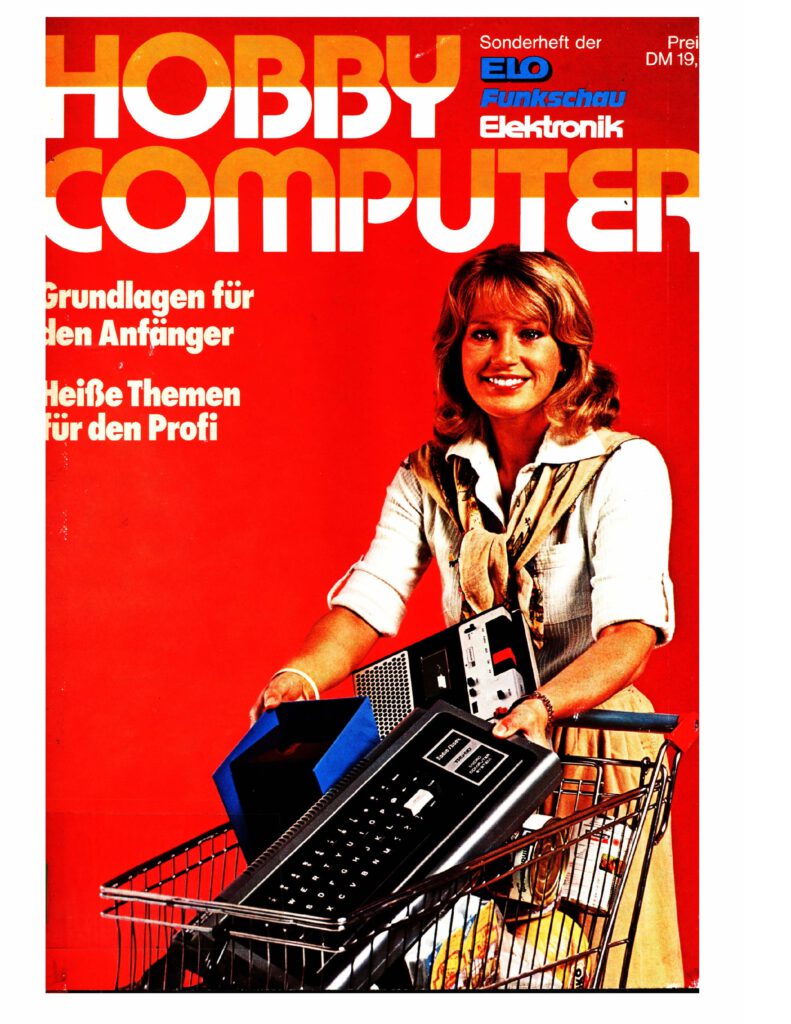
Franzis Verlag, German, 1978
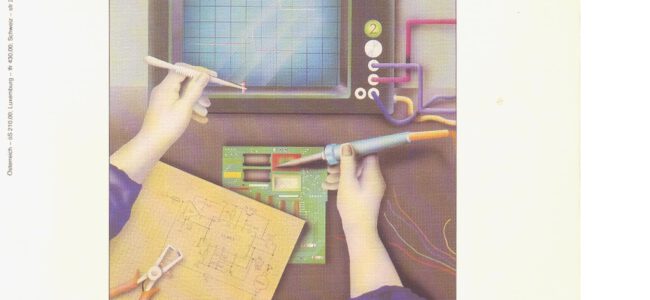
Pages from CHIP 9 1978 and CHIP Special 1981
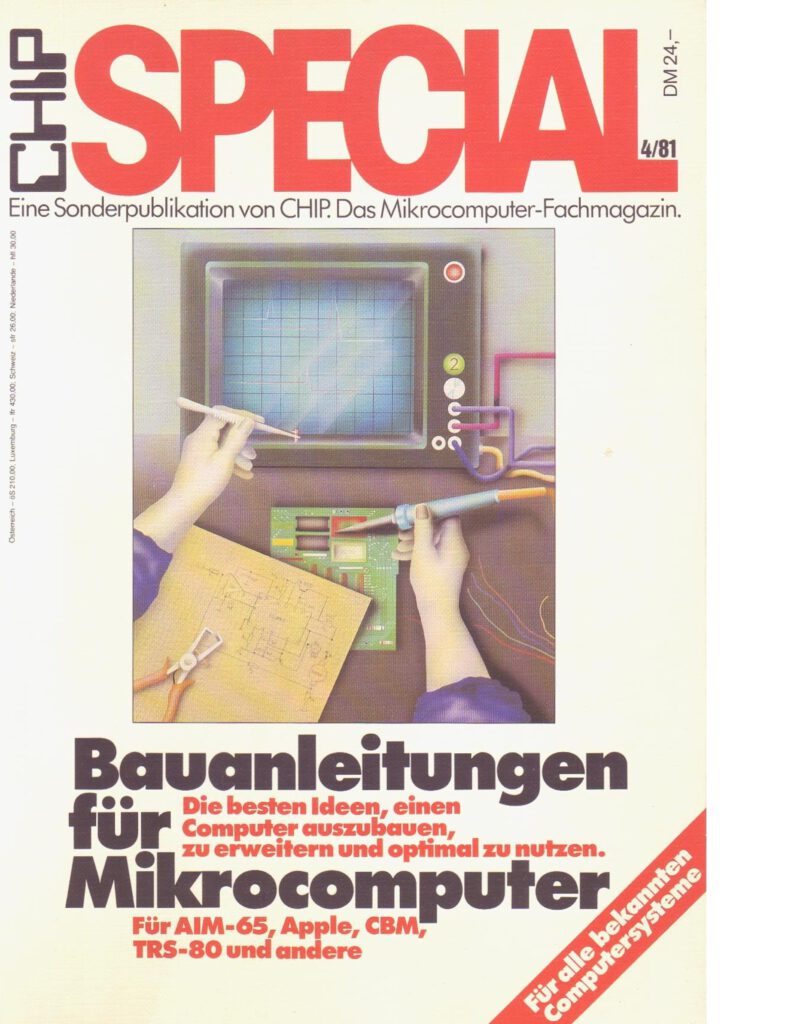
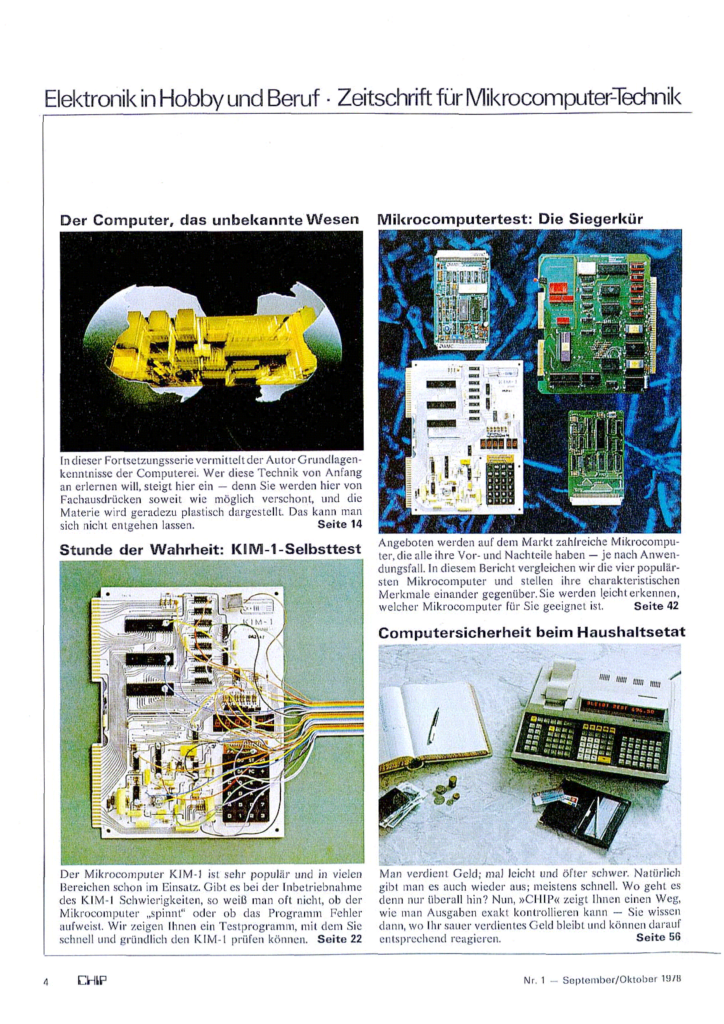
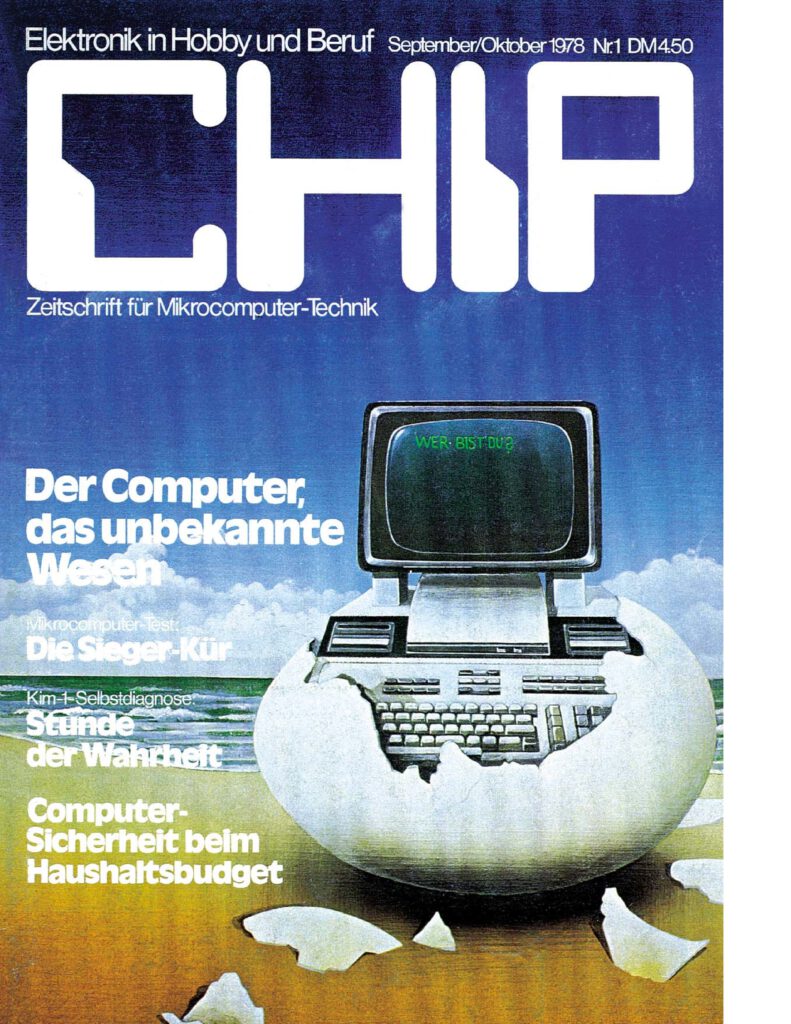

Nils a.k.a. netzherpes typed in a number of KIM-1 programs to run on his PAL-1, the KIM-1 compatible clone.
Not only does he types them in in assembler, some even by contacting the original author!, tests the programs and also provides source and ready to run binaries or papertapes.
And he draws nice looking cover images!
On his github page he has the most recent versions and adds new programs regularly.
Also checkout his blog!
Here a summary of the programs:
KIM-1 Banner
by Jim Zuber
from KIM USER NOTES #18

Download here!
You have 20 shots to detect a 3×1 ship on a 8×8 grid. The ship can be aligned horizontal, vertical or diagonal.
How to play: Enter the coordinated and fire (Button F). If you hit the ship, the mostright counter will jump to 01.
If you hit all 3 coordinates of the ship, you won, the display will show “dEAd” and the number of shots used.
(c) 1978 Roland Kushnier (orig)
(c) 1979 Jody Nelis (bugfix)

Download here!
Little shooting game for the KIM-1
June 18th, 1979
(C) Fer Weber

Download here!
The 6 column Version of Fer Webers Target1 Shooter Game (https://github.com/netzherpes/Target1-for-KIM-1)
Author Fer Weber
published in KIM Kenner 8 on 18.06.1979

Download here!
original title: “Datensuche”
by Herwig Feichtinger
(c) 1981 in Anwendungsbeispiele für den Mikroprozessor 6502

Download here!
original title: “Datensuche”
by Herwig Feichtinger
(c) 1981 in Anwendungsbeispiele
für den Mikroprozessor 6502

Download here!
by Siep de Vries, KIM Club The Netherlands
INPUT/OUTPUT IS EITHER TELETYPE
OR KIM KEYBOARD AND DISPLAY
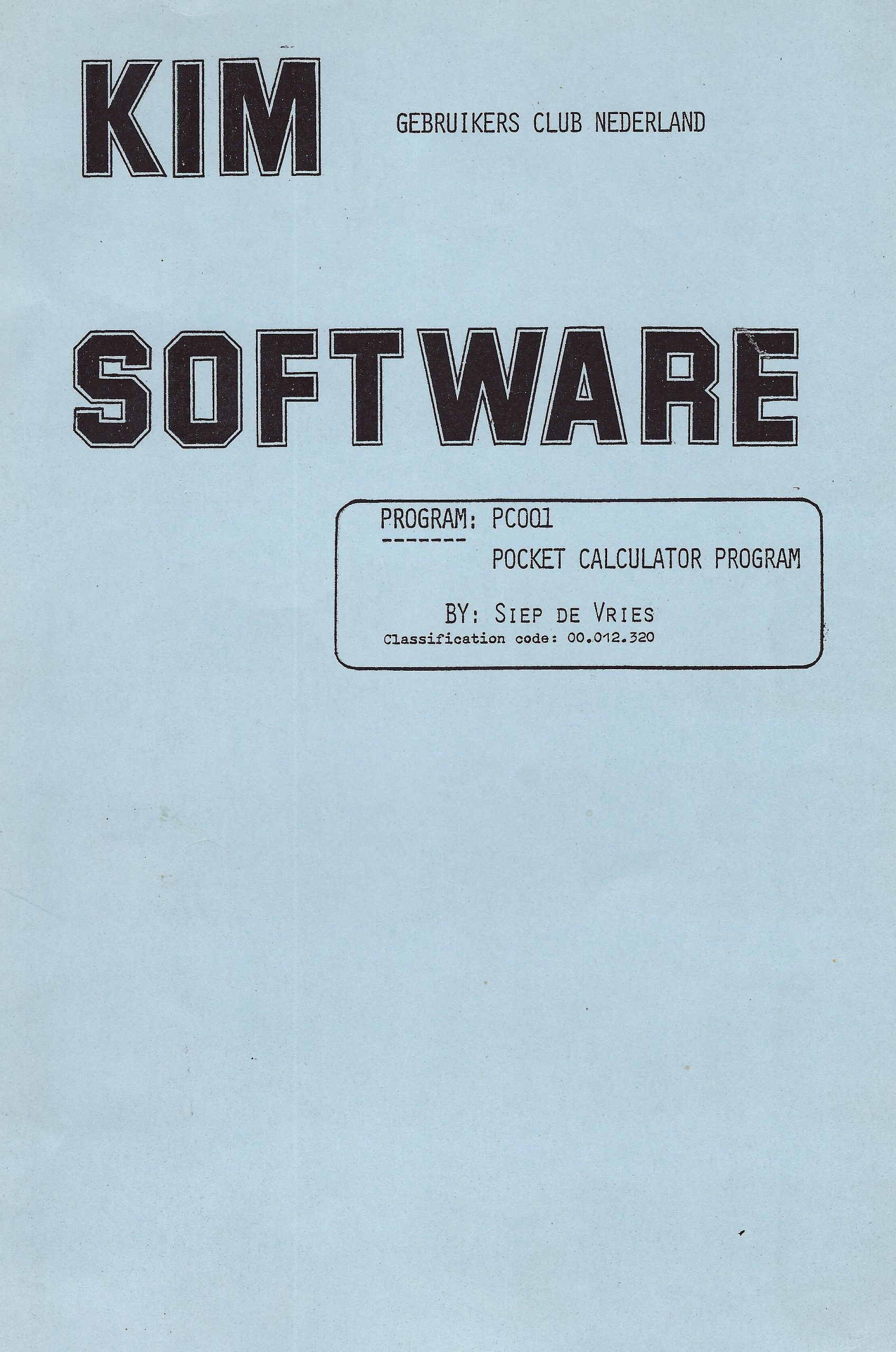
Download here!
(c) 1979 Anthony T. Scarpelli
found in micro 6/79

Download here!
a silly small Piano for your KIM-1
KIM Piano
(c) by Peter Engels 1979 *
plays whole notes from C to D
by pressing the buttons 0-F.
Download here!
The author of the program, Kiumi Akingbehin, Professor at the Michigan University

Download here!
(c) 29.7.80 Myron A. Calhoun
Manhattan, KS

Download here!
an extension to M.Gönners hex Loader by Bruce Nazarian
Located in Compute II June 1980
Download here!

by Gino F. Silvestri
A Simon says game for the KIM-1
Download here!
This is a walkthrough of one of the most amazing computer games in history.
KIMventure is a (colossal cave like) adventure game for the KIM-1 that fits in only 1 (ONE) KB of RAM. It offers 24 room to explore with a lot of traps and riddles to solve. It was programmed in 1979 by Robert Leedom with pen and paper (no assembler etc.)

Download here!
Seawell produced many KIM-1/SYM-1/SIM 65 boards.
Manuals scanned by Clayton Seale, thanks!
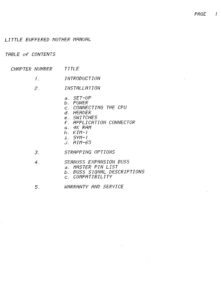 |
Little Buffered Motherboard manual |
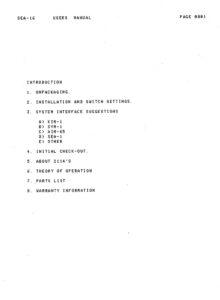 |
Seawell 16K RAM board |
Here some advertisements from the 6502 User notes.
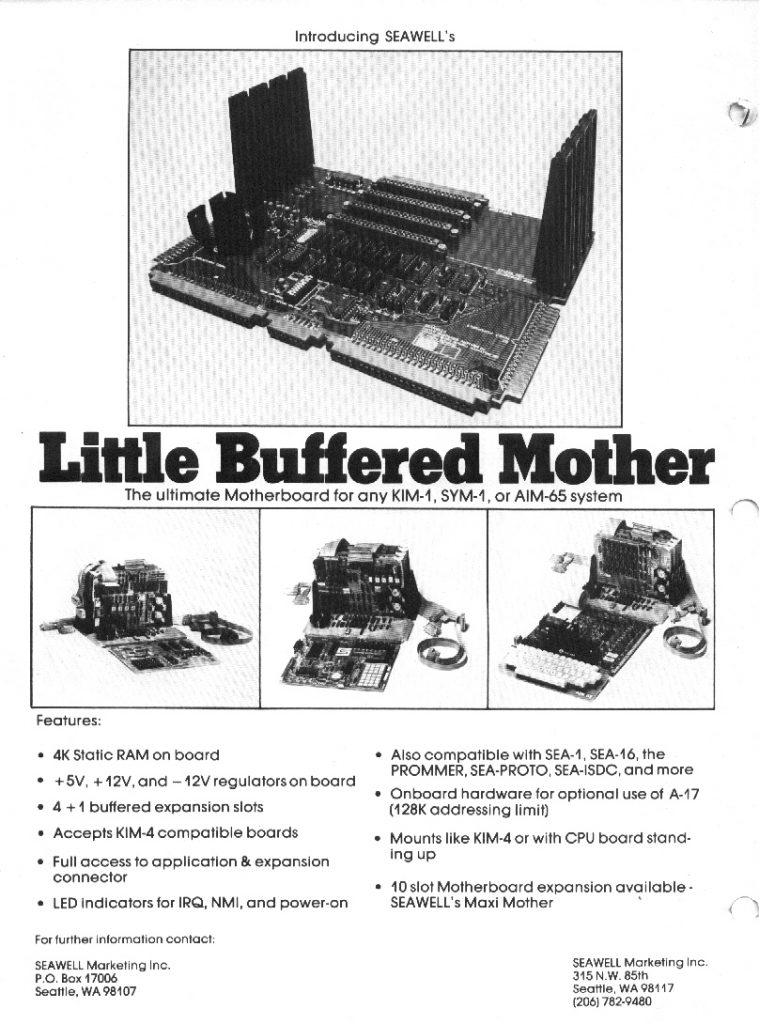
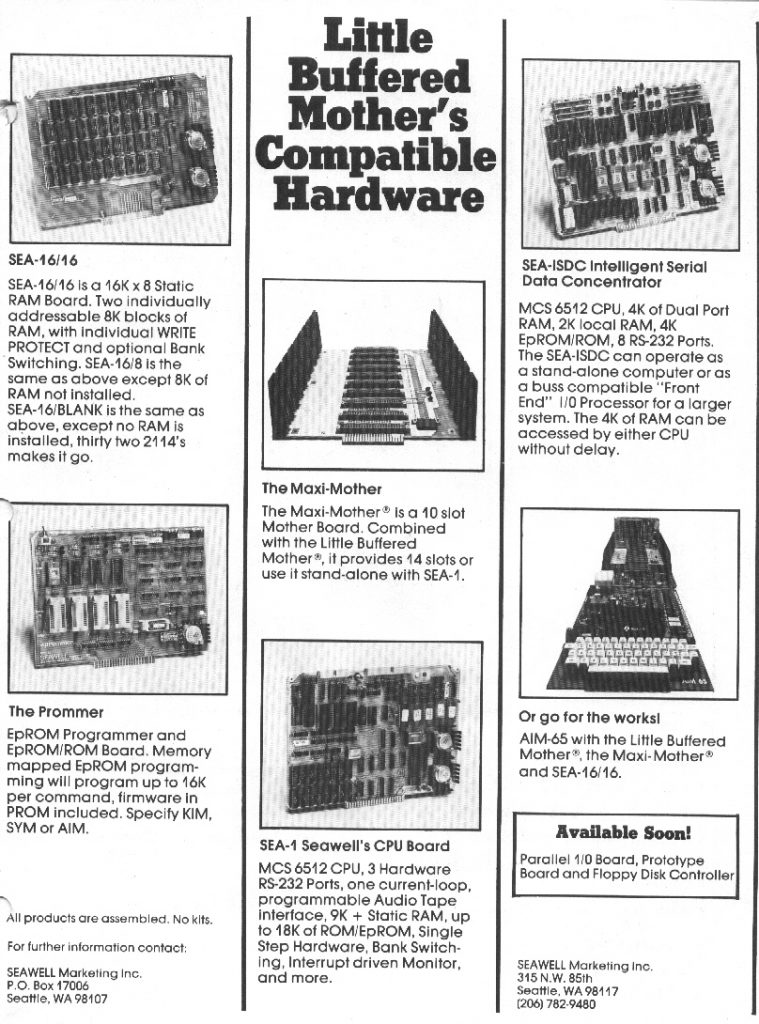

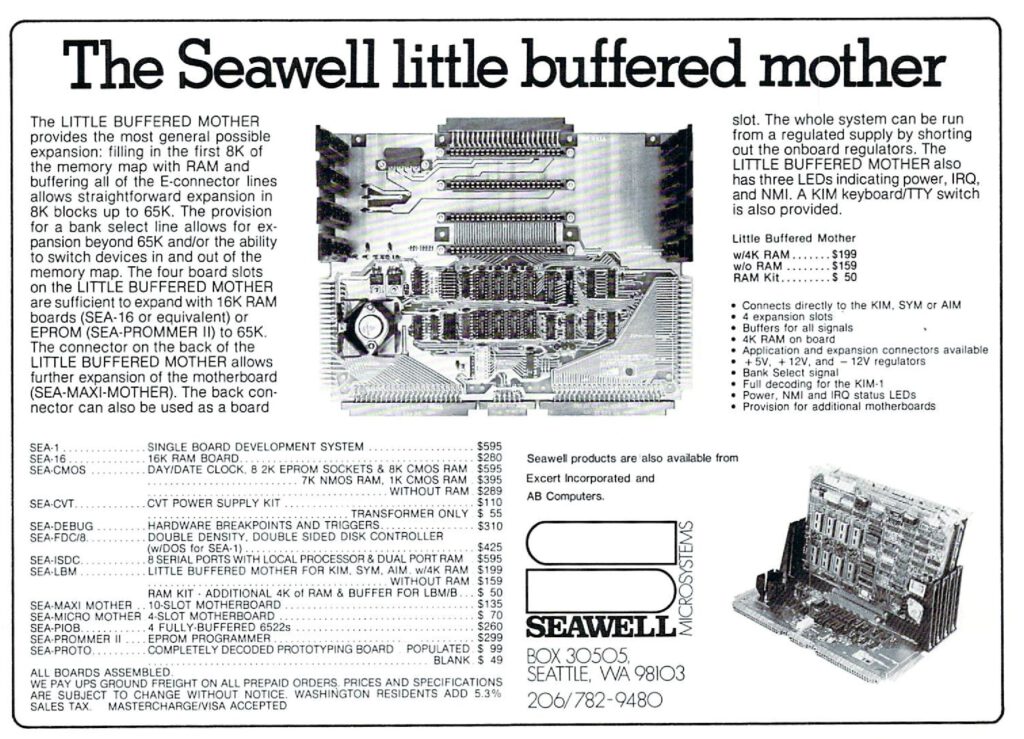
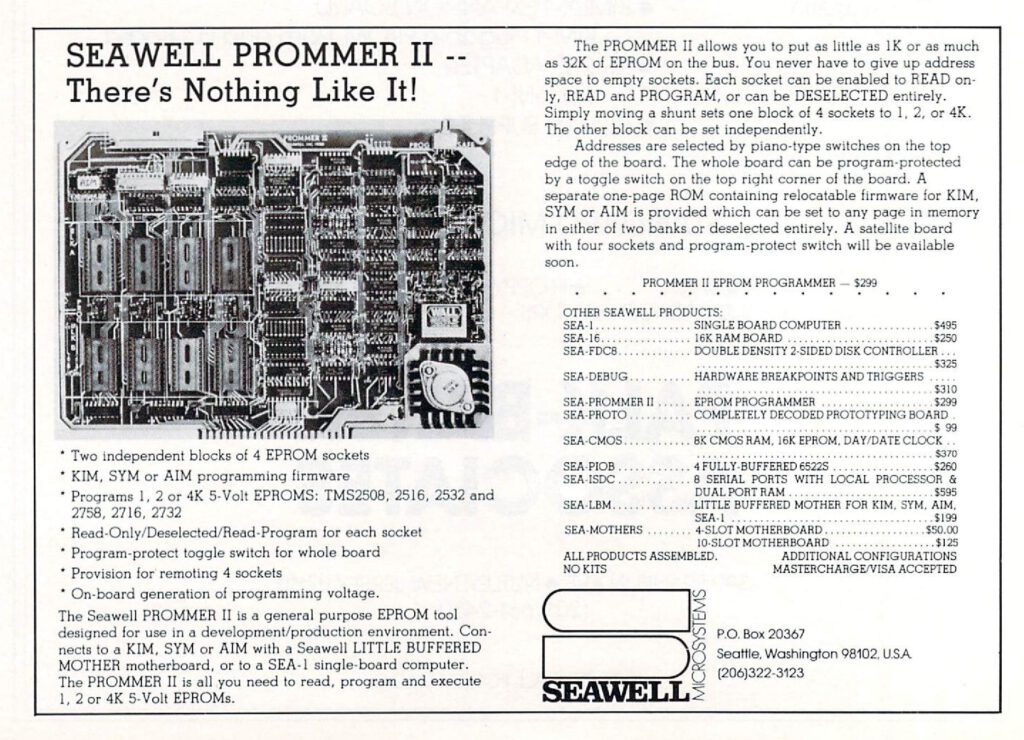
Some photos of Seawell products.
Seawell SEA-16 RAM Expansion Board (REV C)
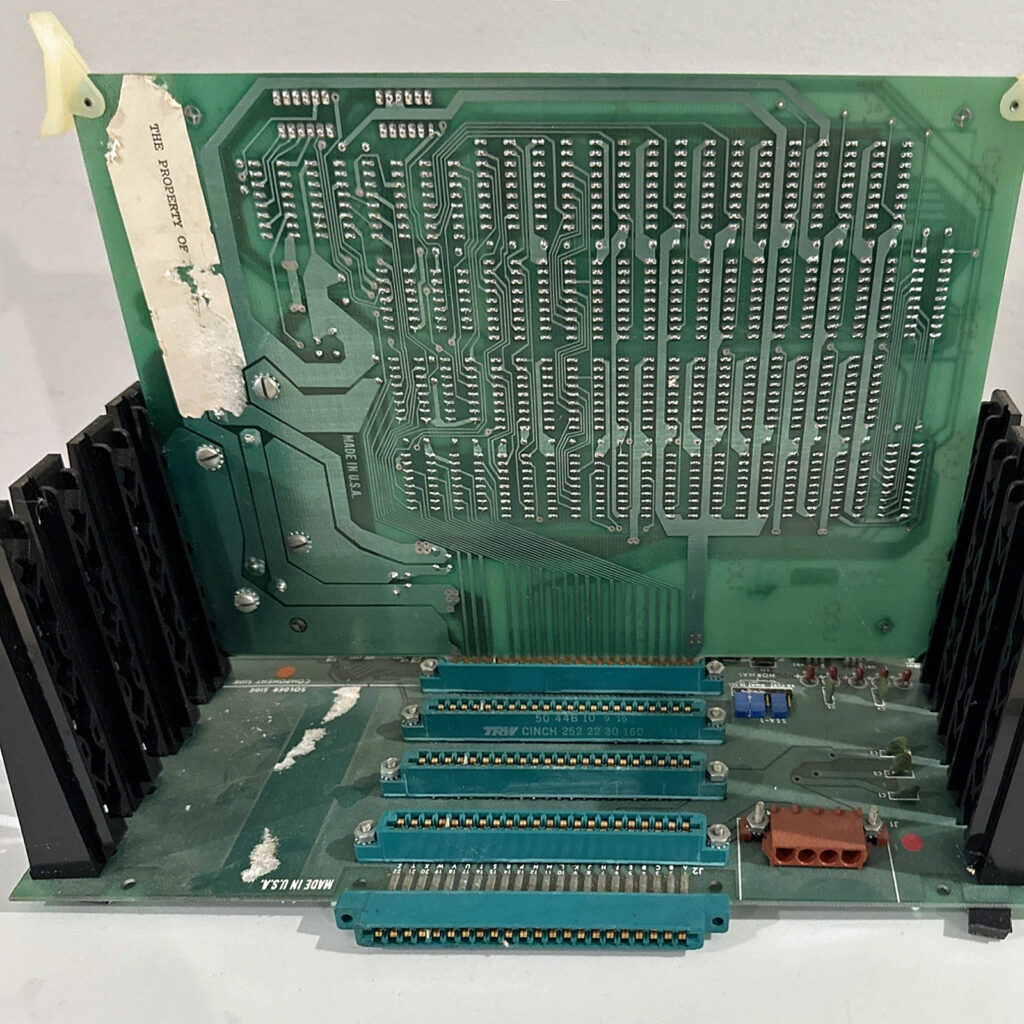
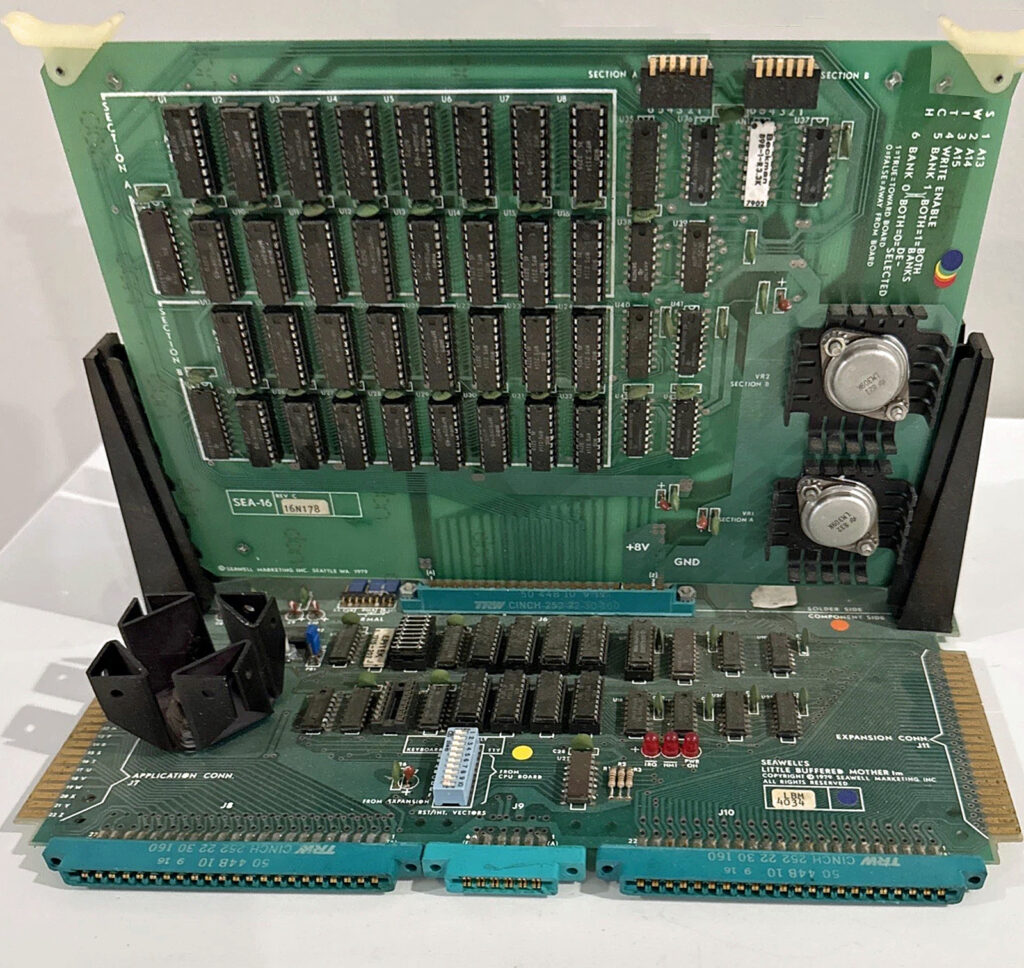
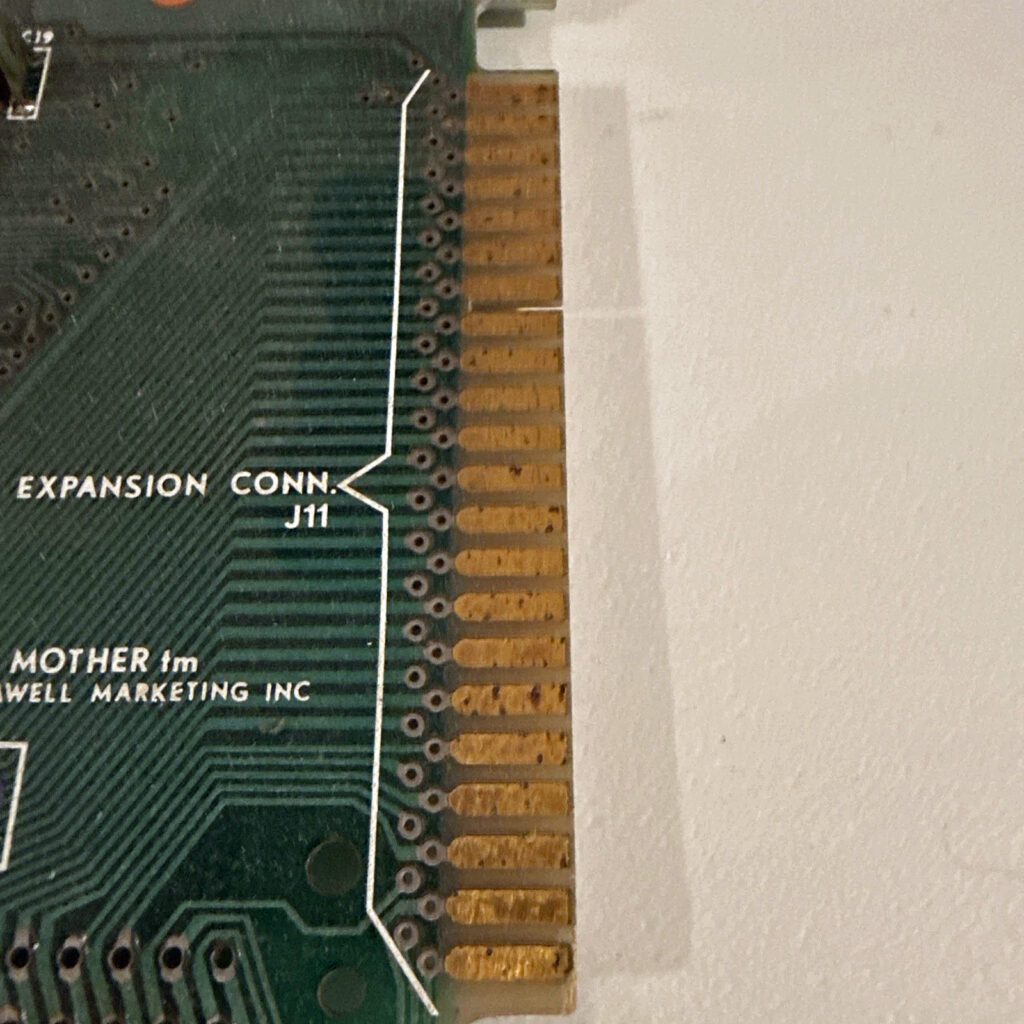
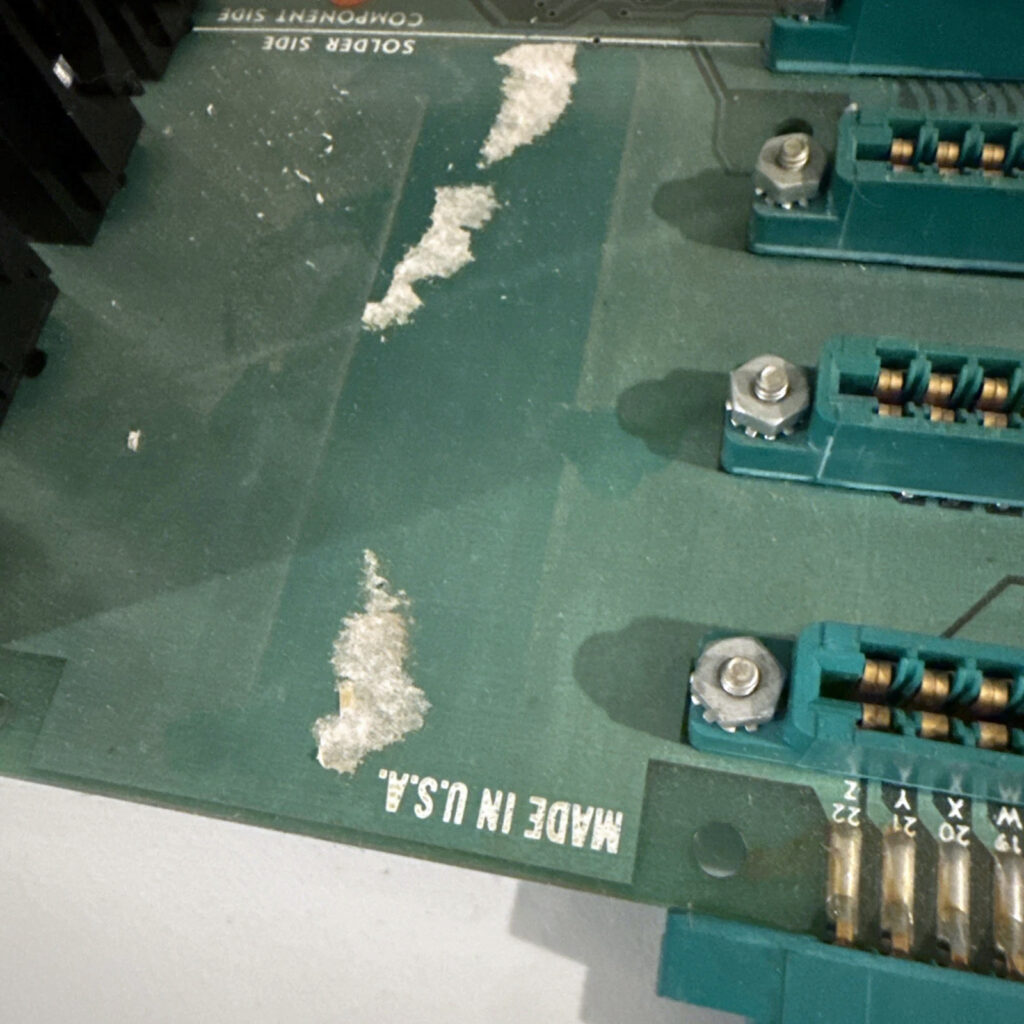
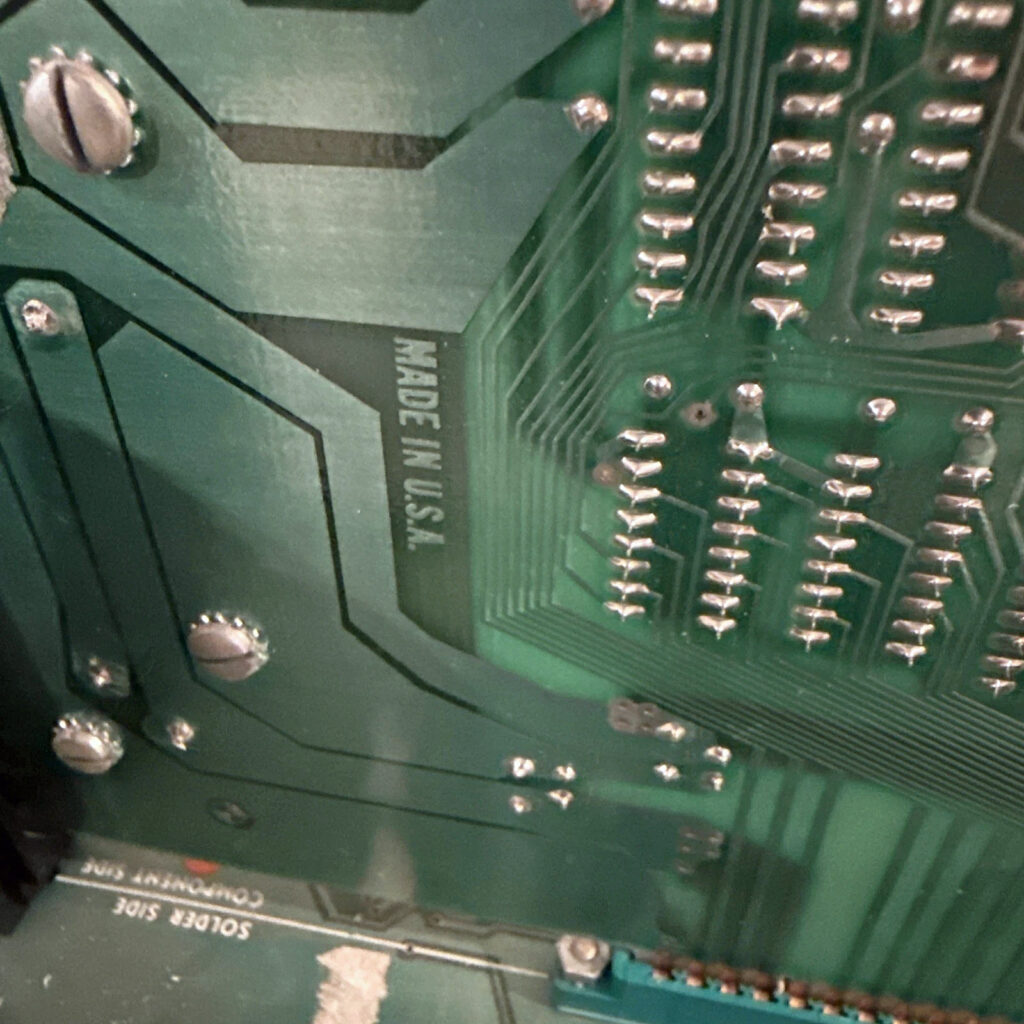
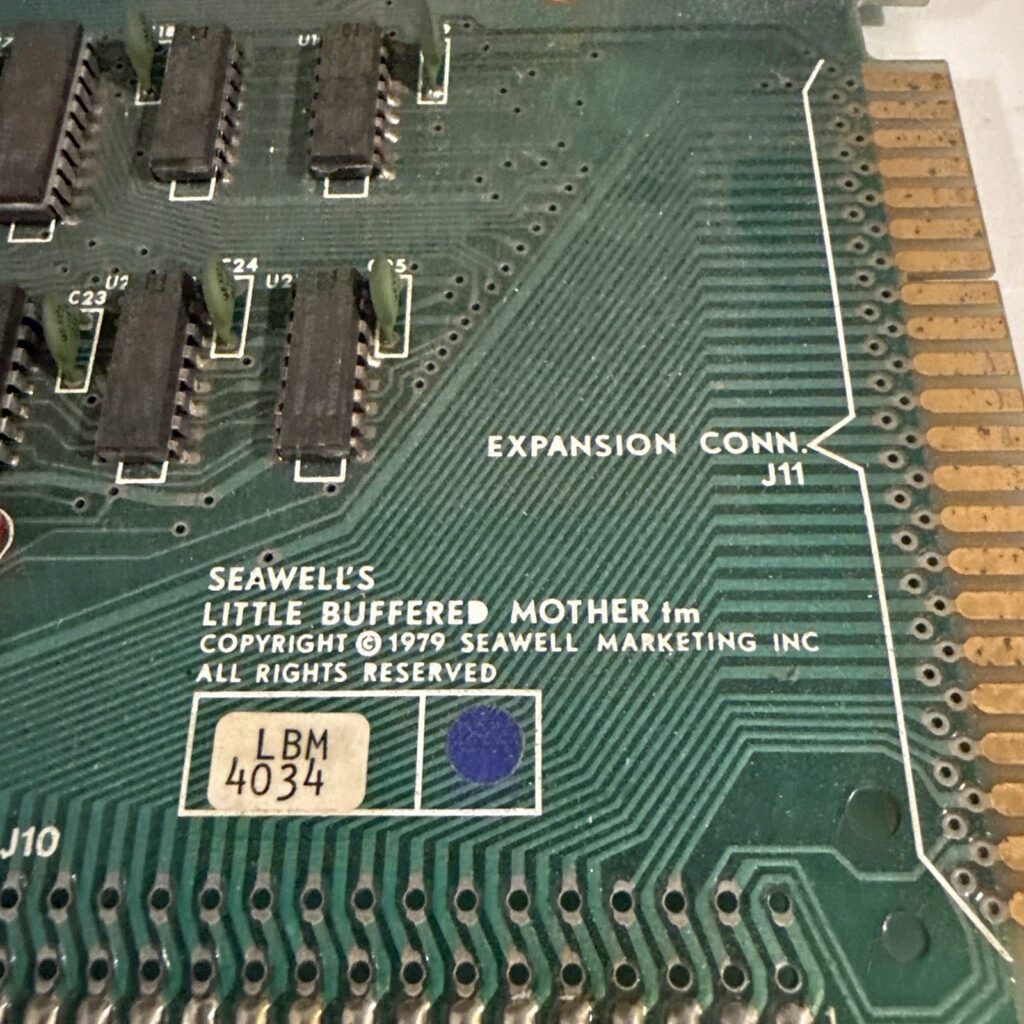
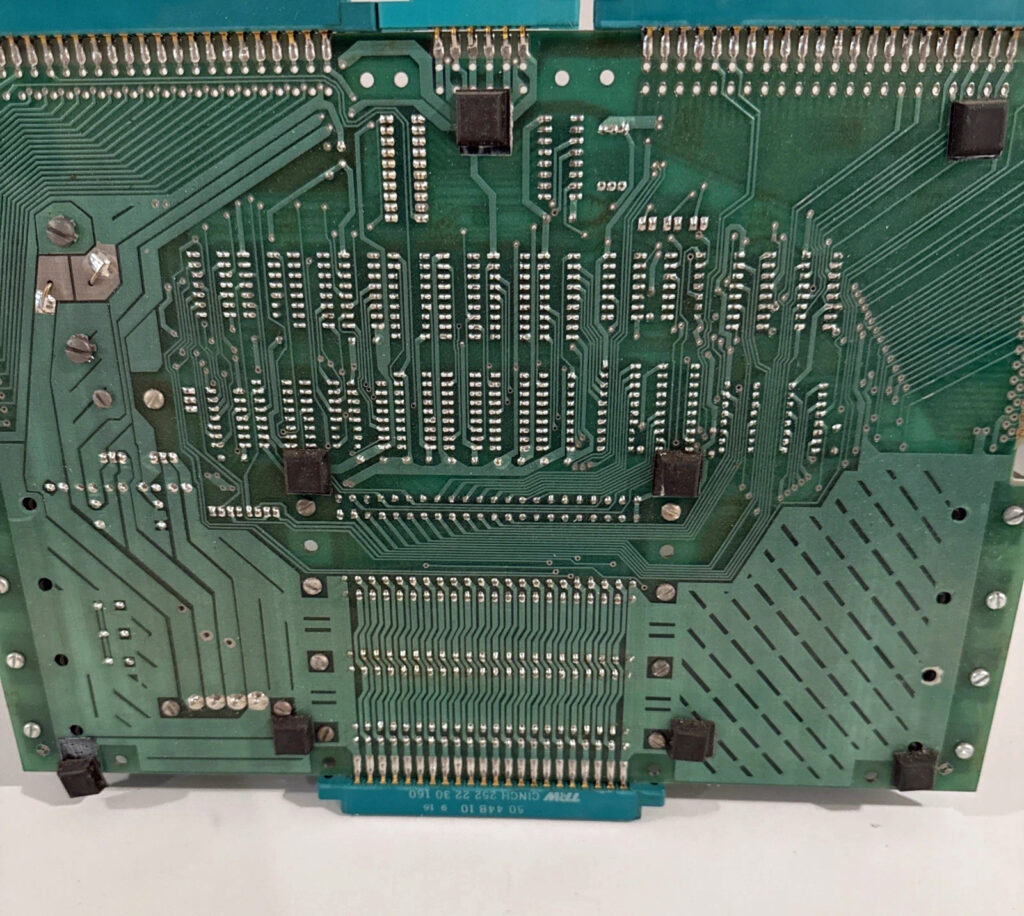
Seawell Little Buffered Motherboard (LBM 4034)
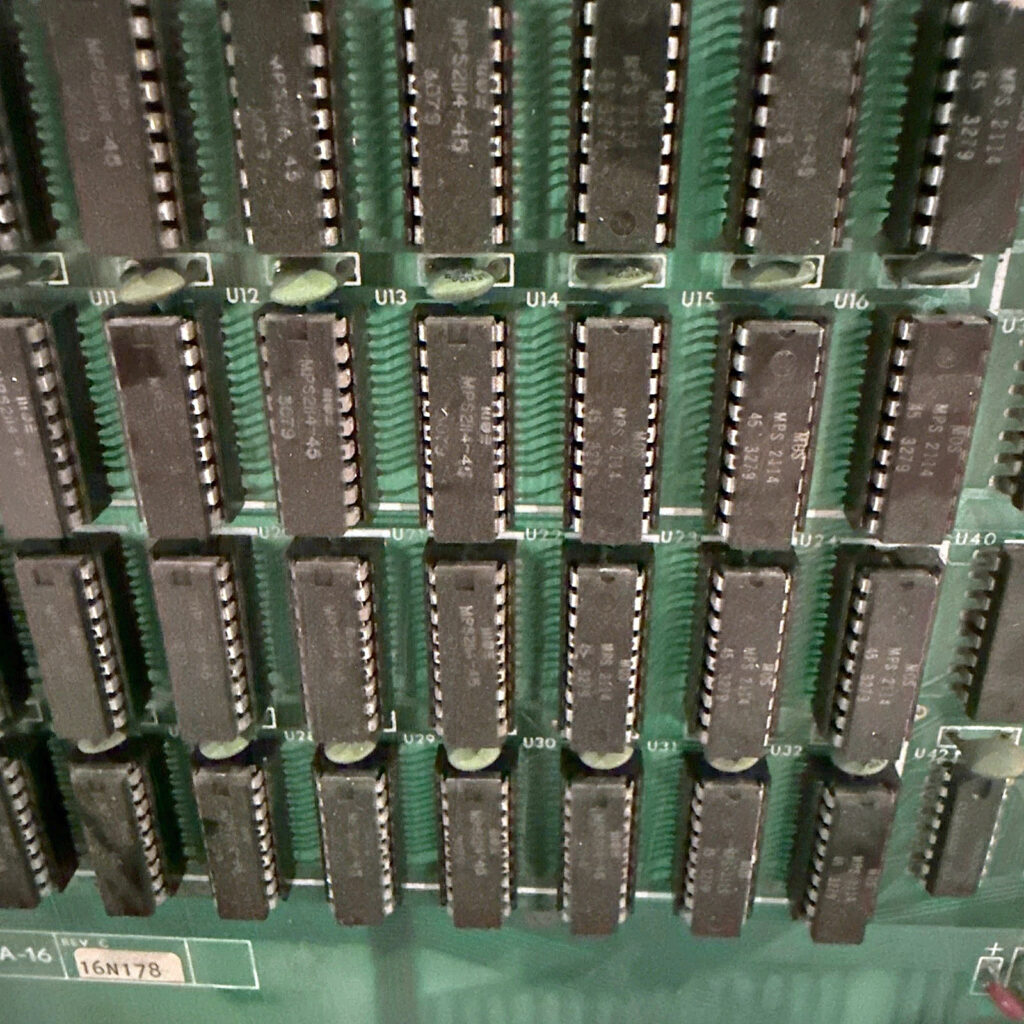
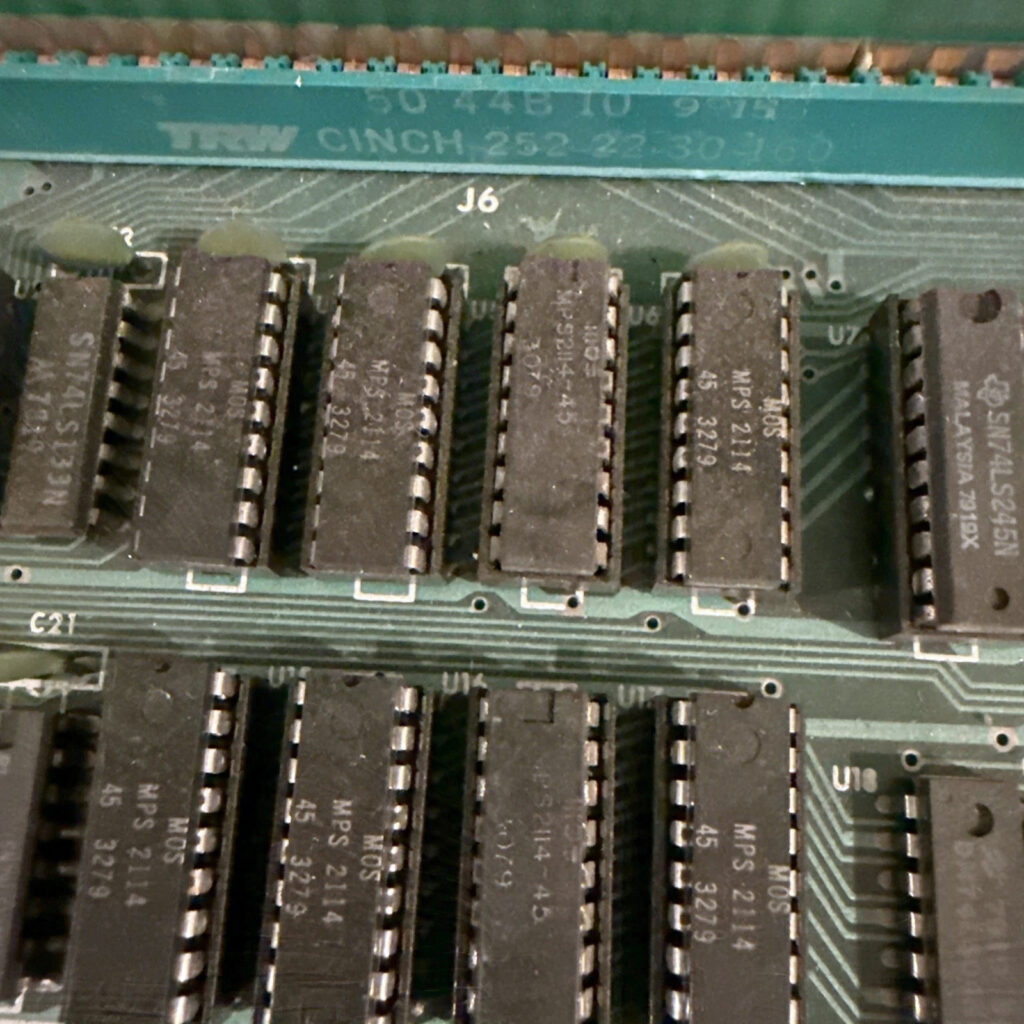
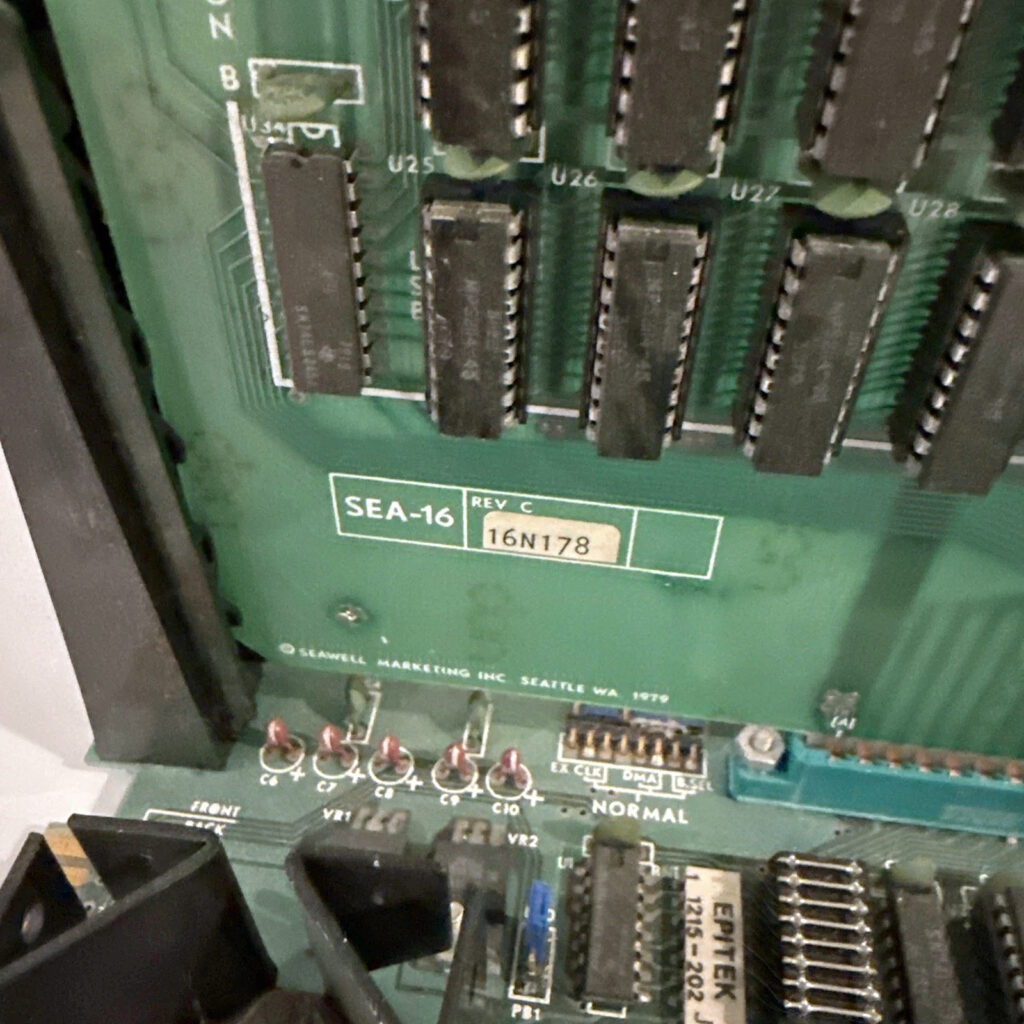
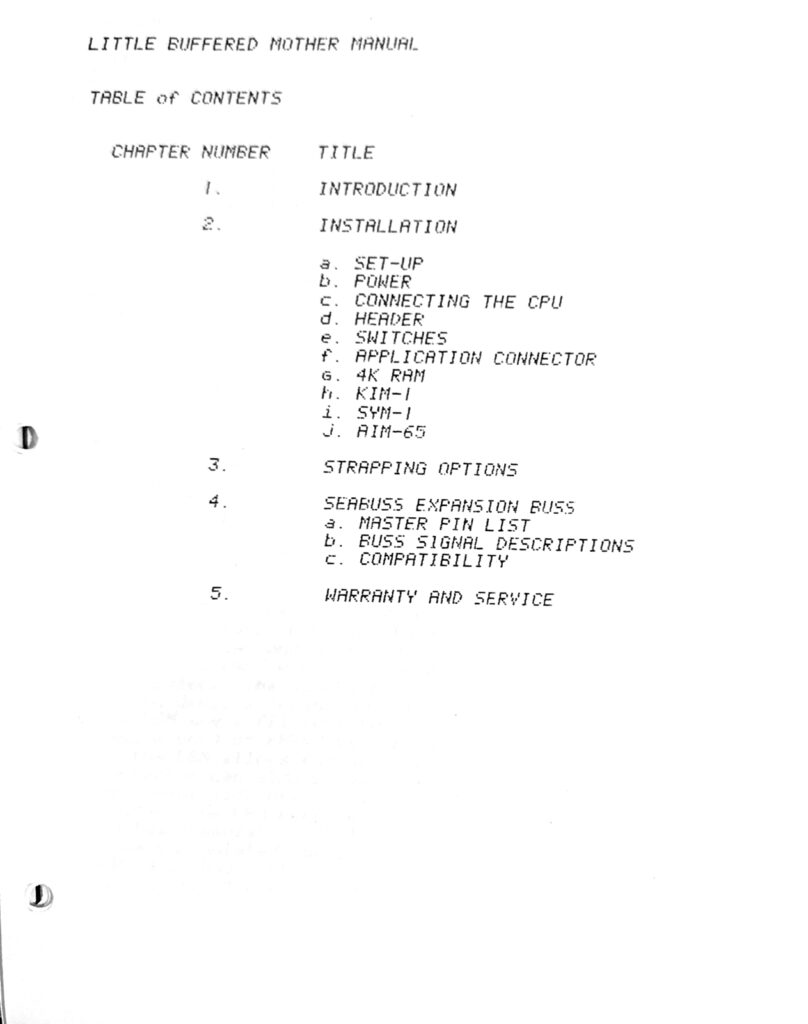
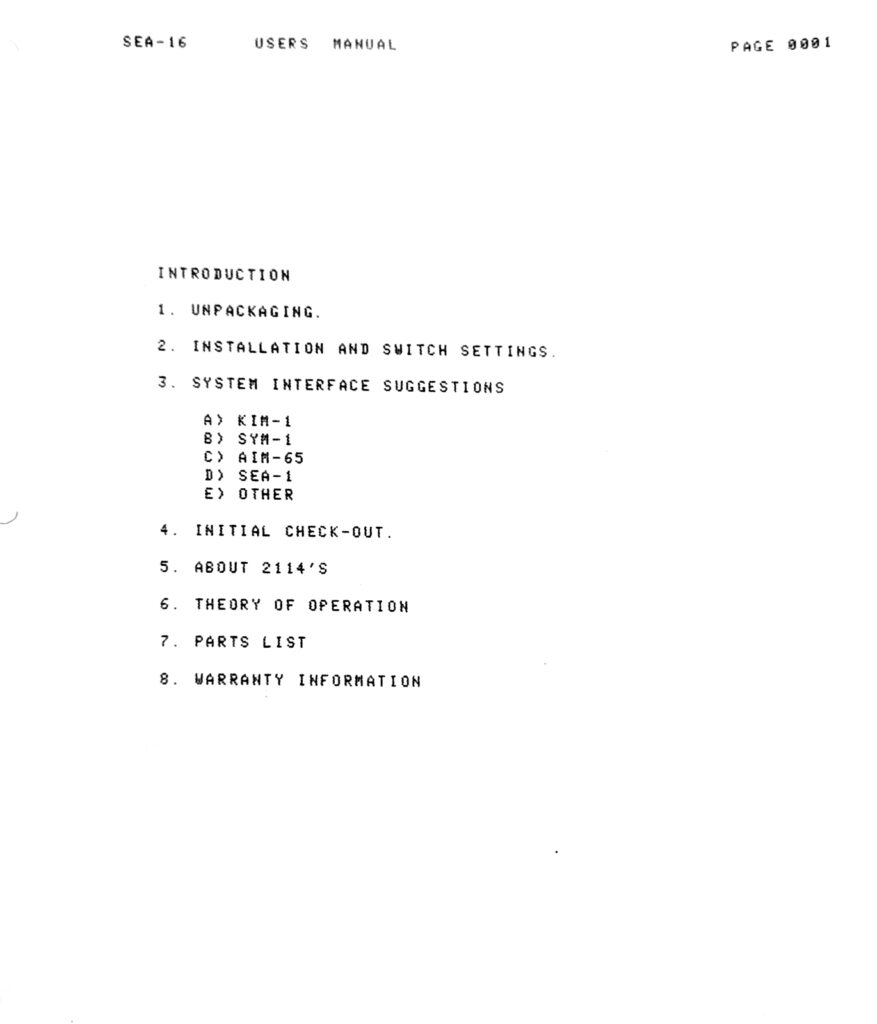
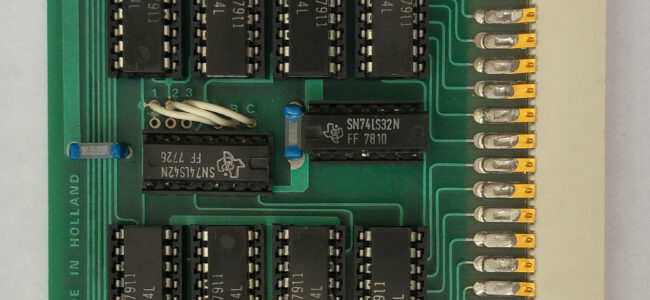
A Dutch company, producer of many 6502 and more industrial hardware, BEM was the name one of their product lines.
Brutech Electronics Microsytems – B.E.M
Gebroeders Bruyn, Vinkeveen. Small company, custom made electronics and standard microprocessor boards and systems aimed at industry and hobbyist.
During my years with Radio Bulletin we often worked with Brutech, and I visisted their office/manufacturing plant in Vinkeveen several times. The BEM-bus became the standard bus for expansion at Radio Bulletin after the first BEM-1 card was connected to the KIM-1 by Dick de Boer. Brutech specialized in the beginning on the KIM-1/VIM/SYM-1 expansion cards, later on they made their own CPU cards and besides the 6502 CPUs like the 6809 were available.
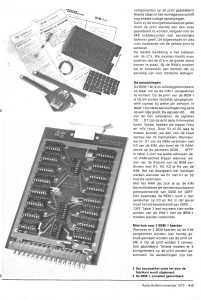 |
BEM-1 card, as used in the KIM memory expansion article November 1977 |
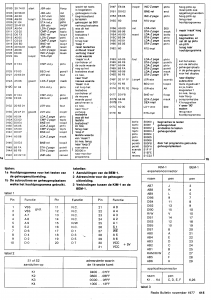 |
The BEM bus |
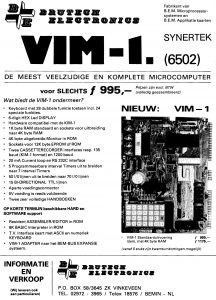 |
Brutech sold the VIM-1 and SYM-1, with their cards as expansions. Review in Radio Bulletin November 1978 |
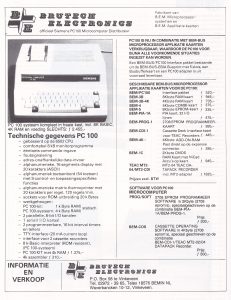 |
Brutech sold also the PC100, the Siemens OEM version of the AIM 65. Again the expansions could be used, same bus. Review in Radio Bulletin August 1980 |
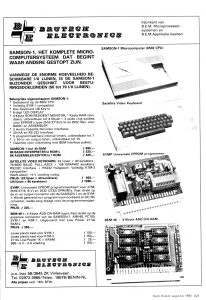 |
The AIM 65 and KTM-2 packaged as the Samson system,. the BEM-4 memory card, the SYMP universal programmer. Review in Radio Bulletin November 1980 |
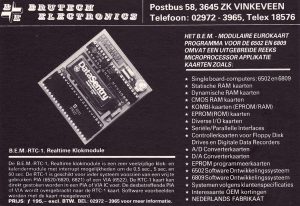 |
BEM RTC1 card, advert in the RB CB Special 1980 |
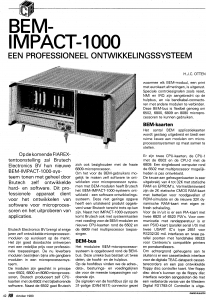 |
BEM-Impact 1000, a BEM-bus based development system, review in Radio Bulletin Oktober 1980 |
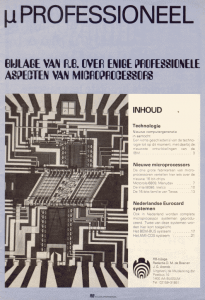 |
BEM Eurocard system, article by C.J. Bruyn, on the BEM bus, BEM-MON-1 (a TIM 6530 004 system!) and other cards |
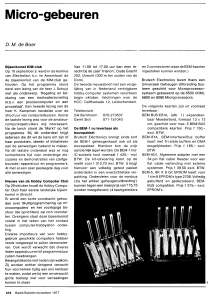 |
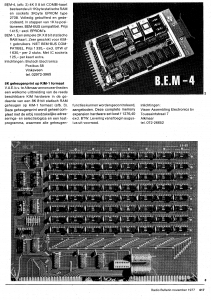 Micro-gebeuren november 1977, BEM-1, other BEM cards |
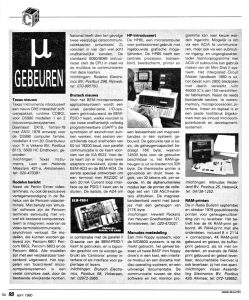 |
Micro-gebeuren April 1980, BEM-PSIO-1 USART card, BEM-AD3, BEM-AD4 |
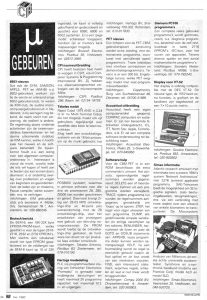 |
Micro-gebeuren Mei 1980, BEM-6 16/32K EPROM card |
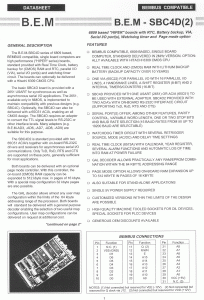 |
B.E.M. SBC4D(2) 6809 based CPU card on the BEM bus |
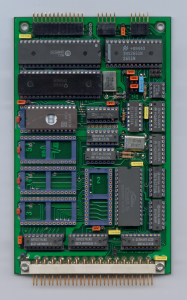 |
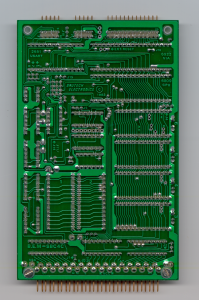 |
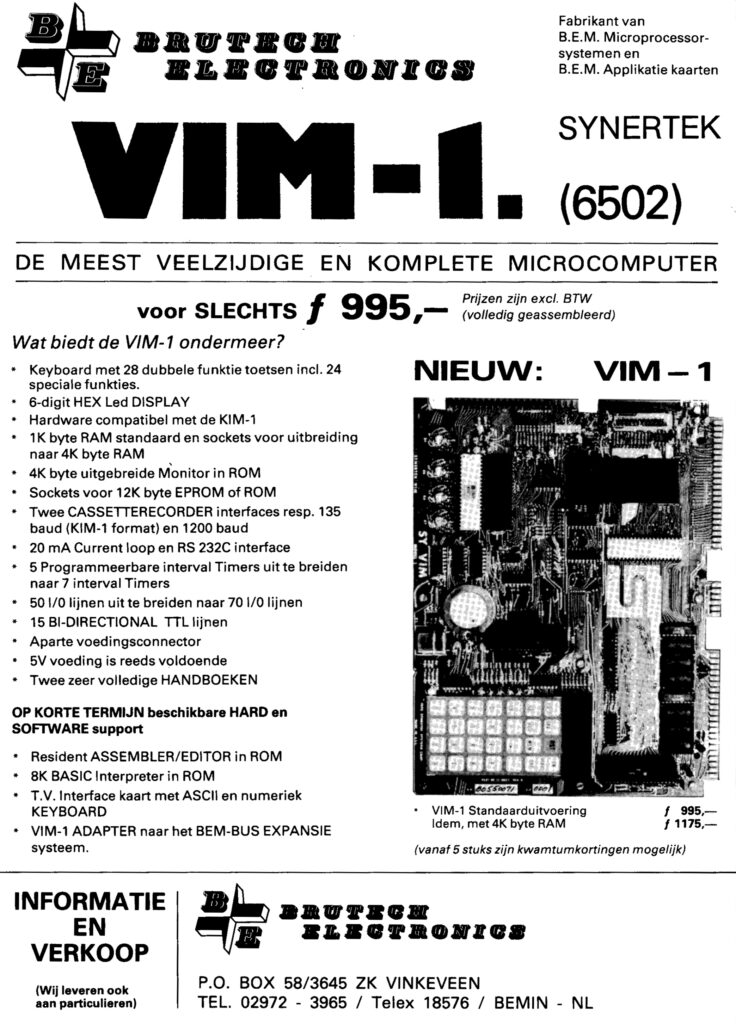
MAiS, a system for airtraffic control, developed around the BEM SBCD4 and a custom card.
As editors of the magazine Radio Bulletin we had many conversations with them and wrote articles about their products.
For the KIM-1 and SYM-1 they had many products, some based on the so called BEM bus (DIN 31 pin connector), some as addons to the 22/44 edge connector of the KIM-1.
I stilll own this 4K RAM card:
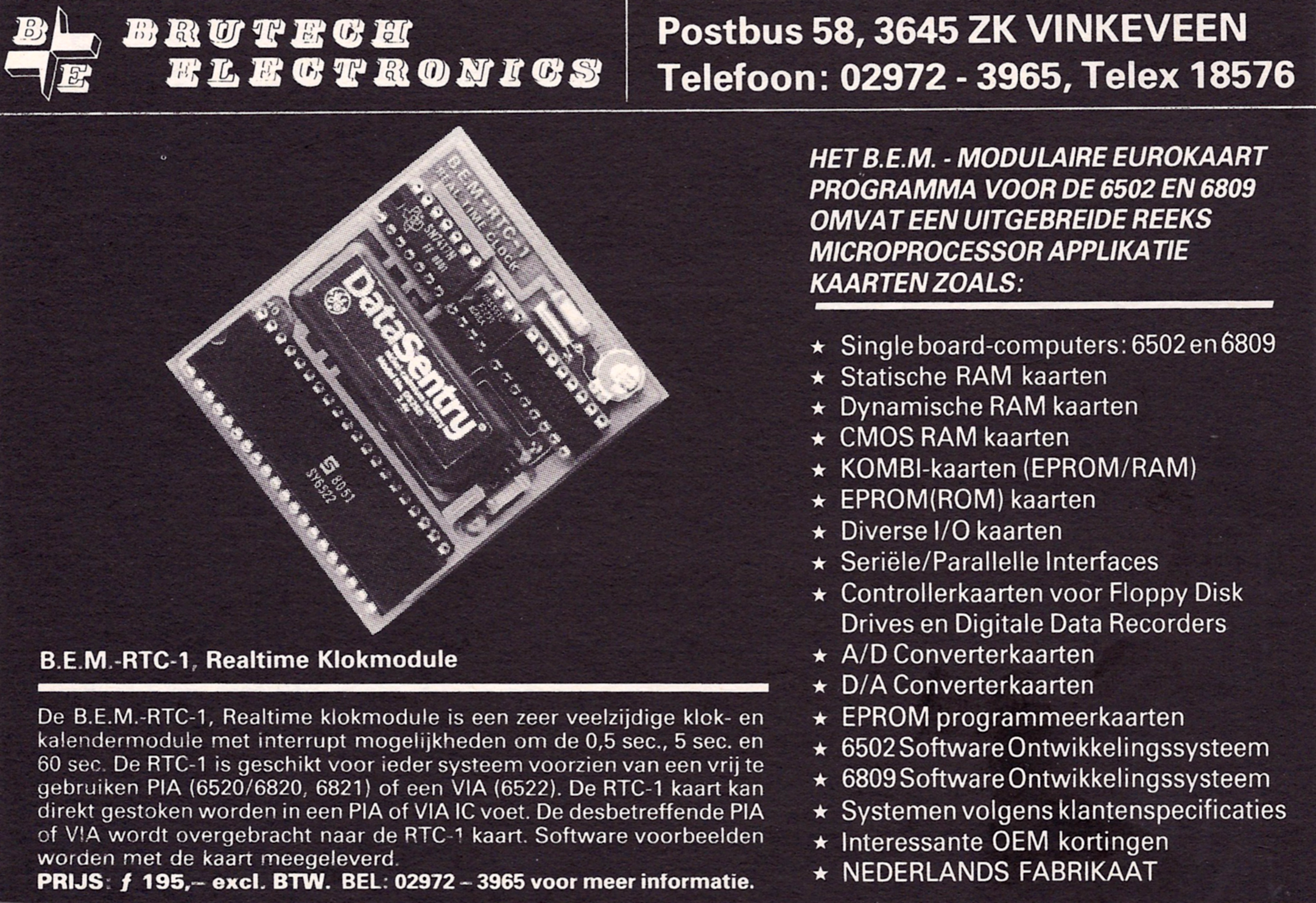
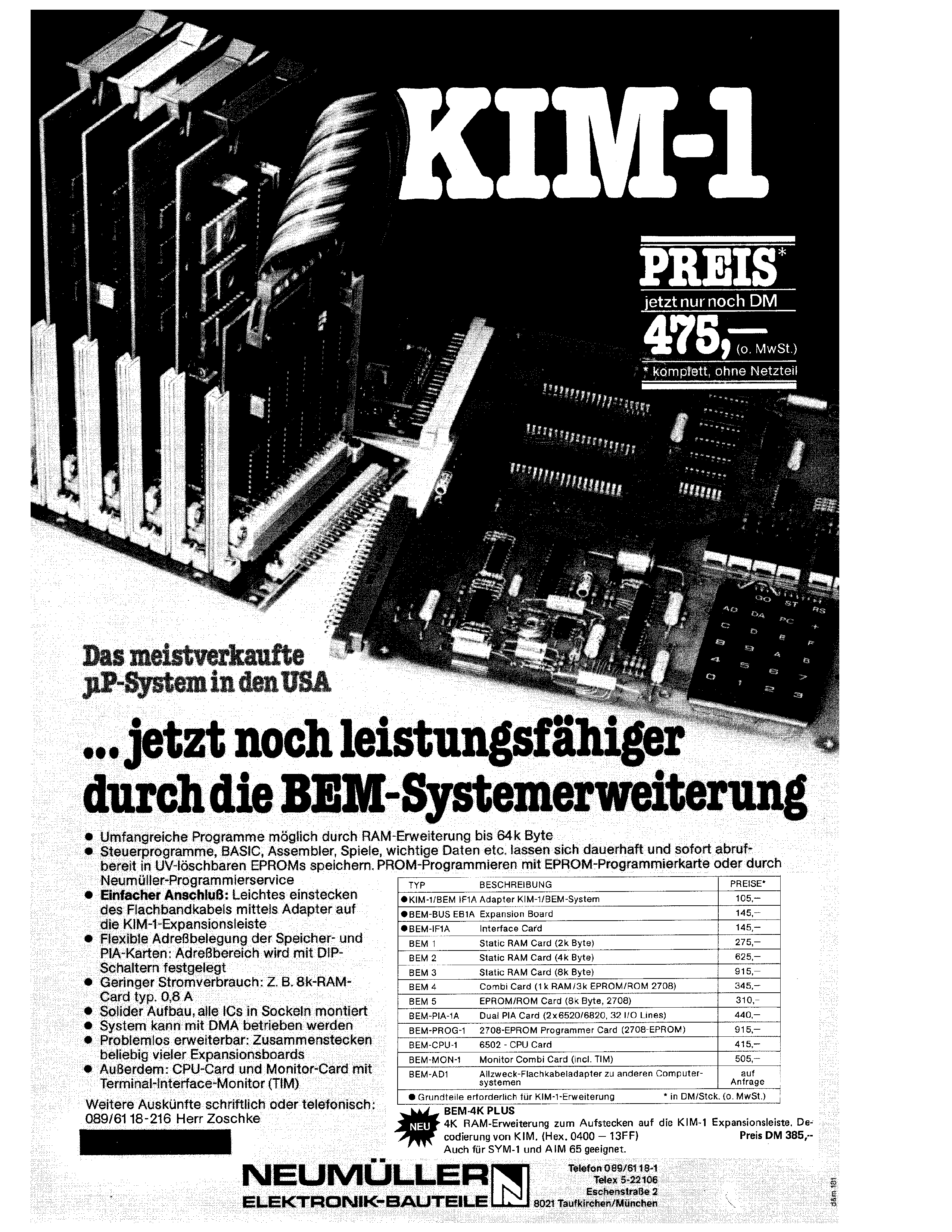
BEM SBC4 in MAIS box
An example of a 6809 CPU board in a custom industrial application. Bought front eh HCC Forth UG in 2004.
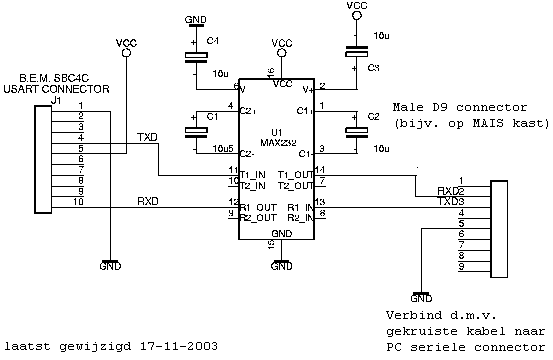
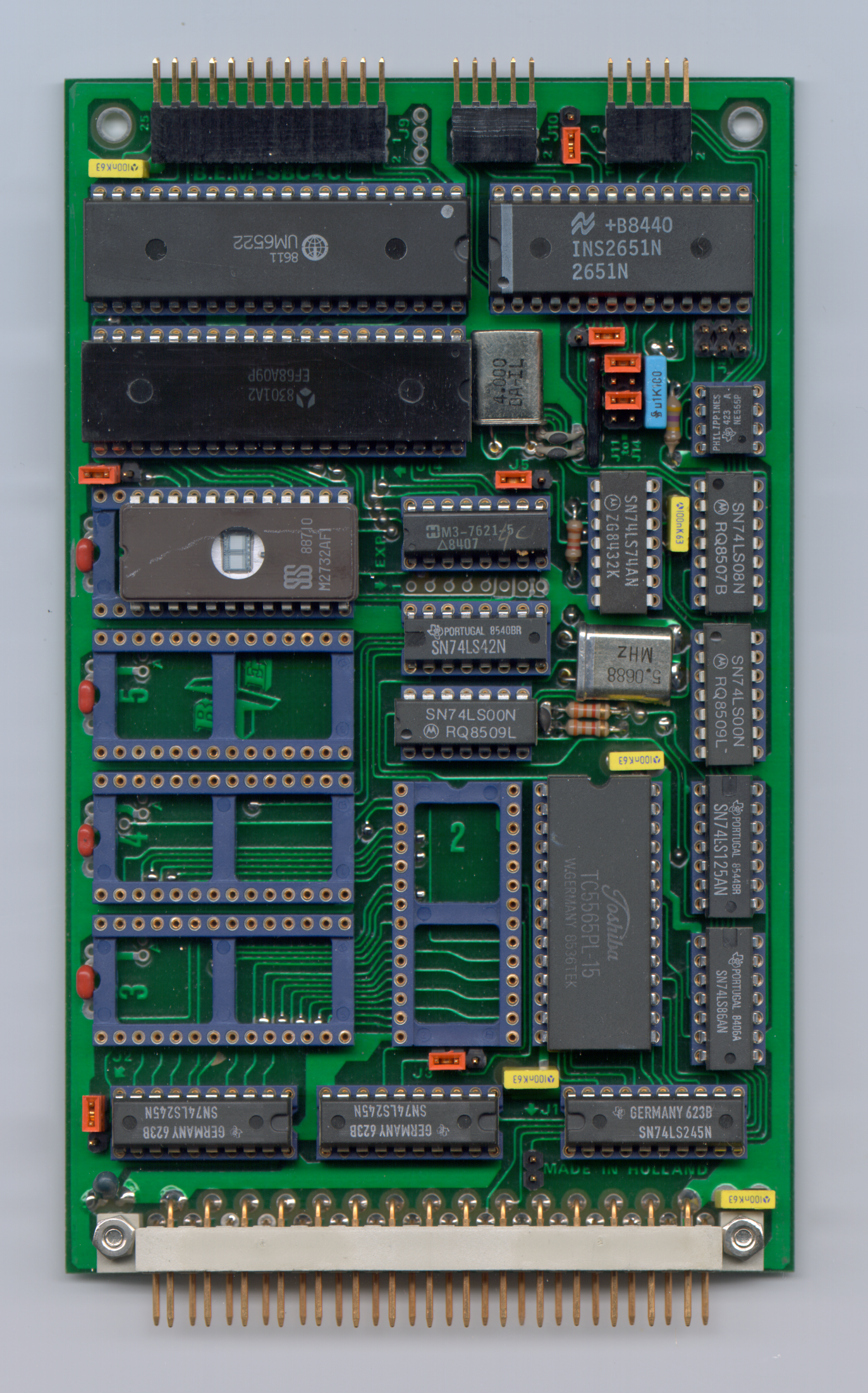
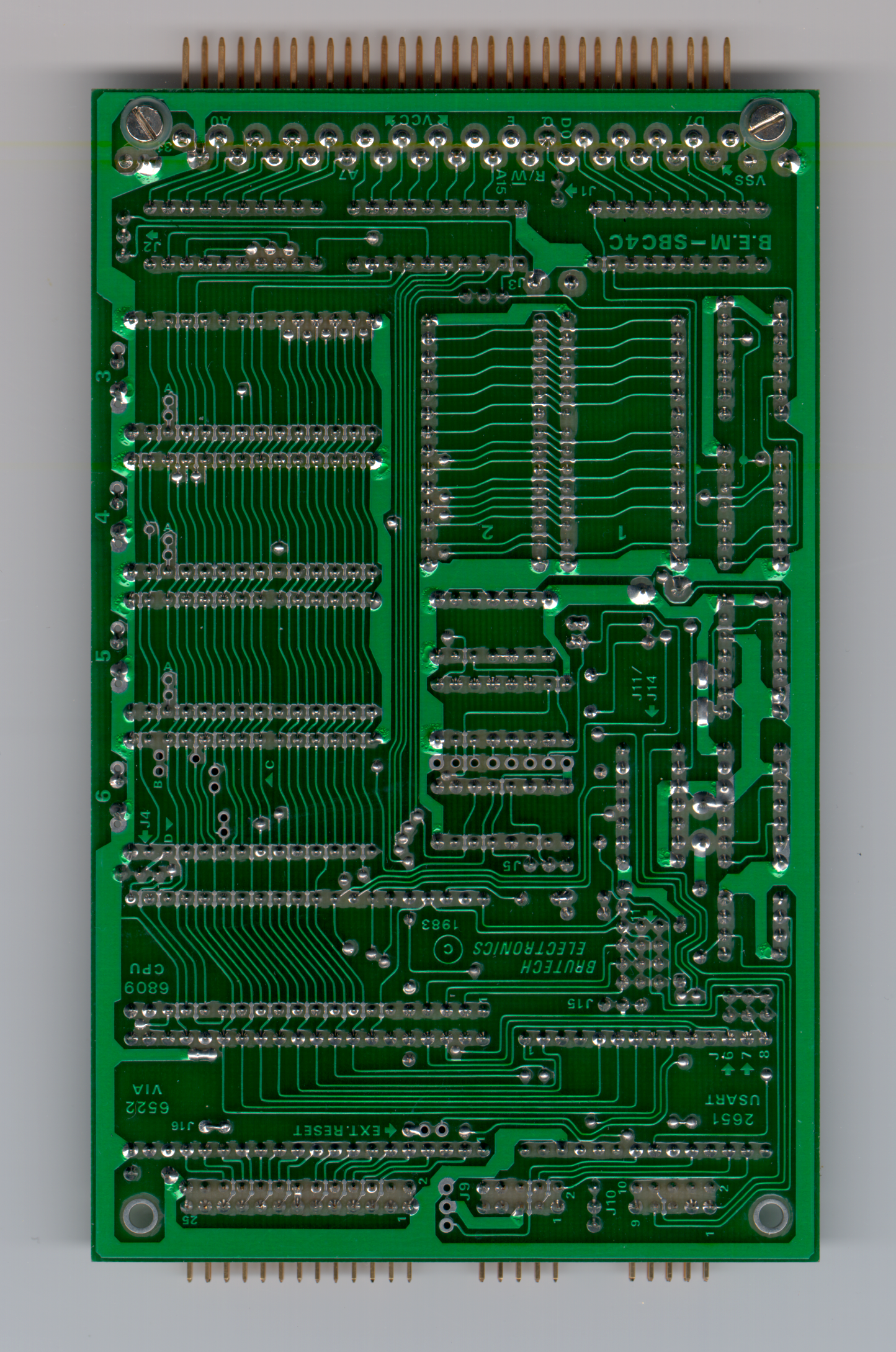
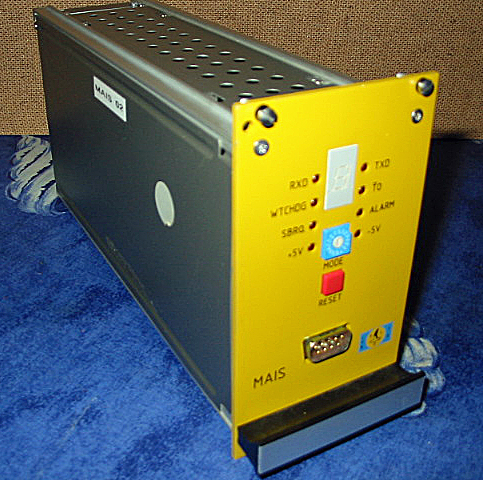
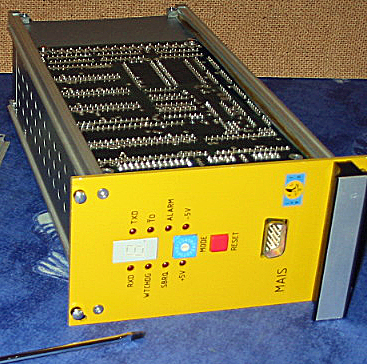
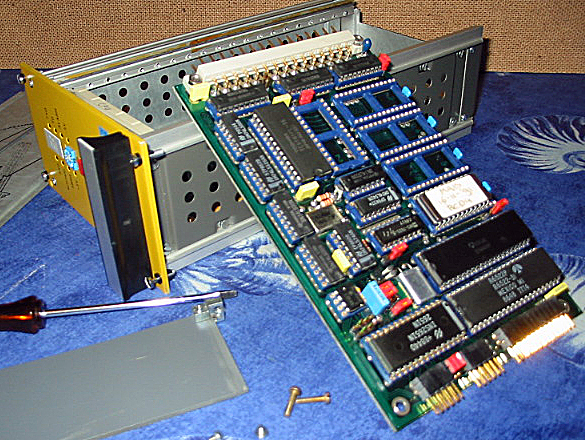
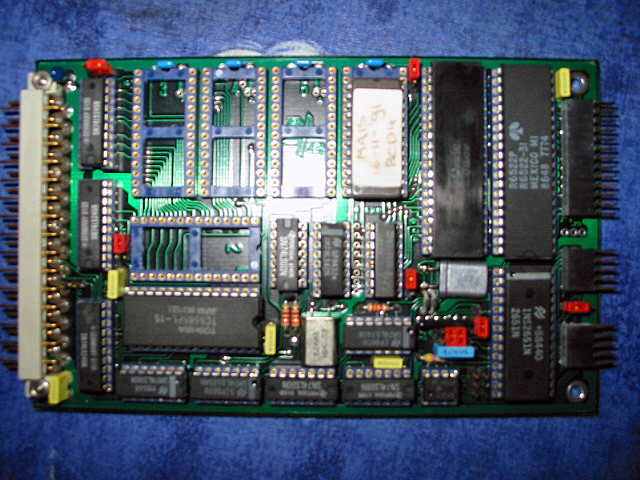
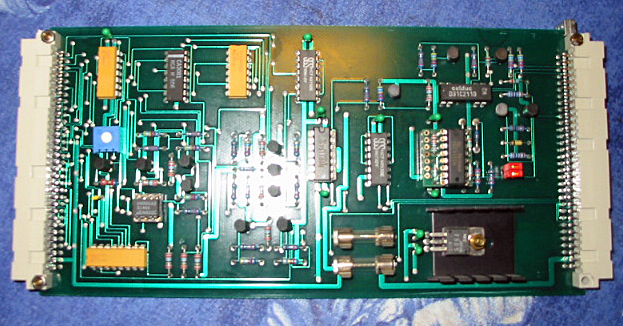
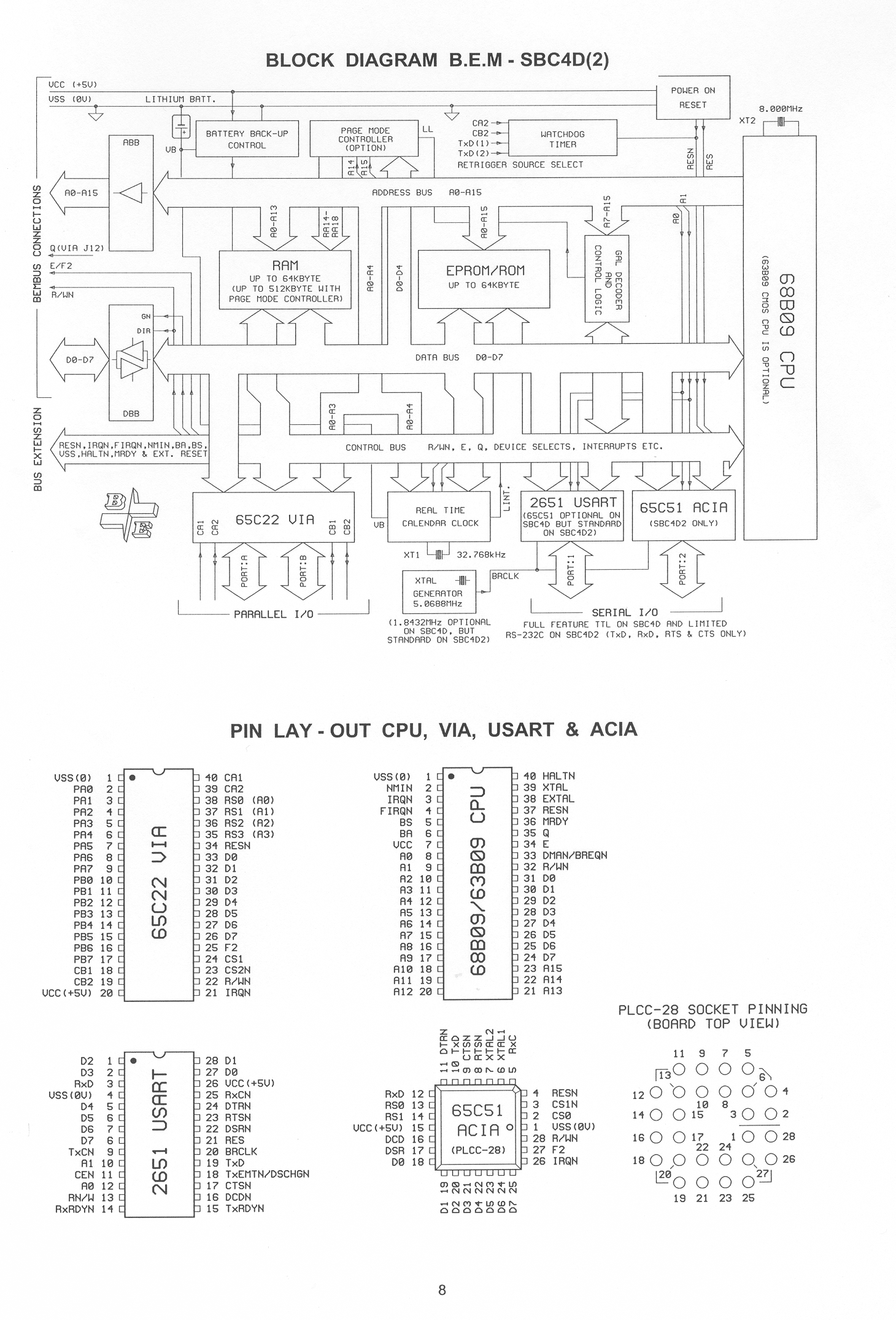
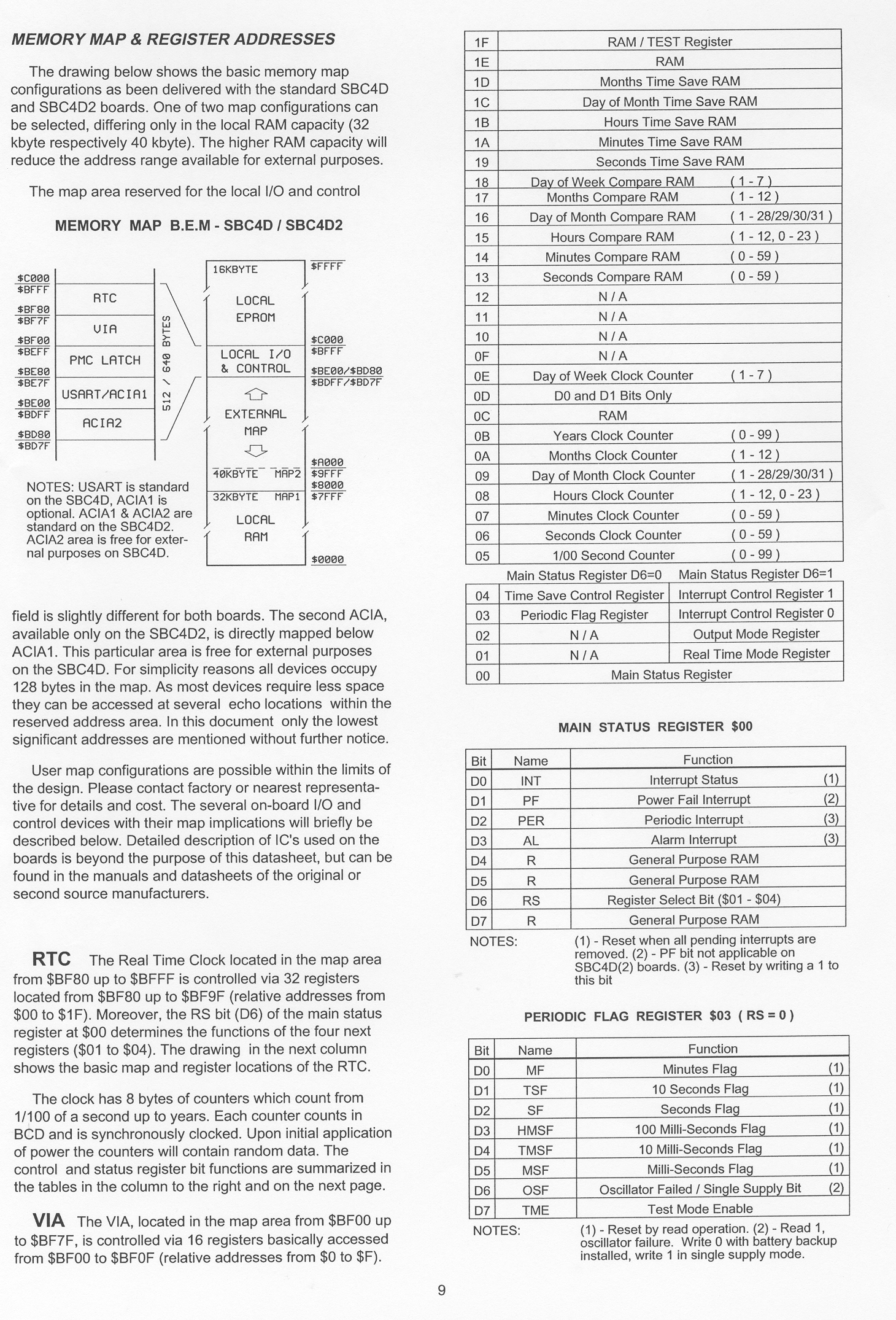
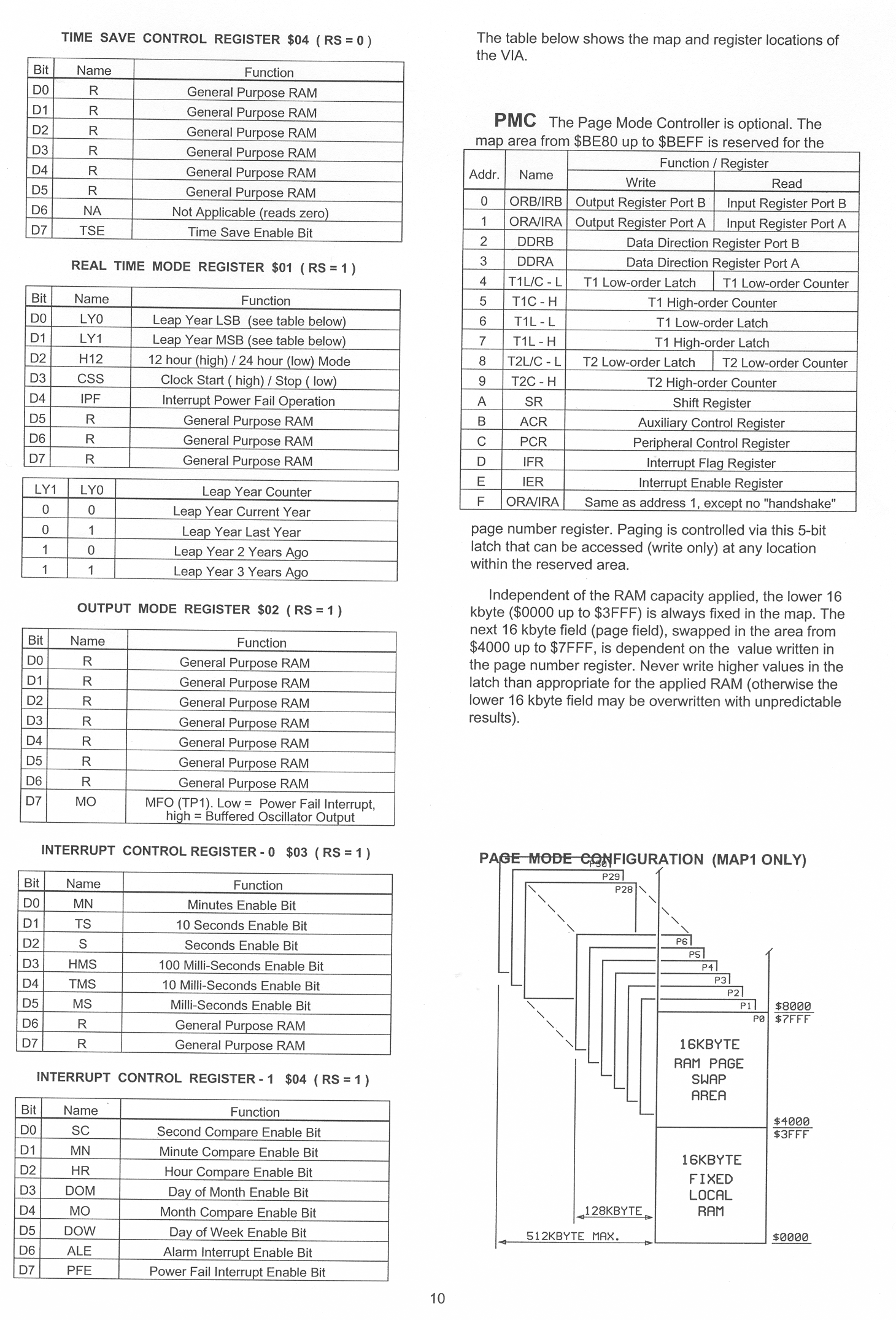
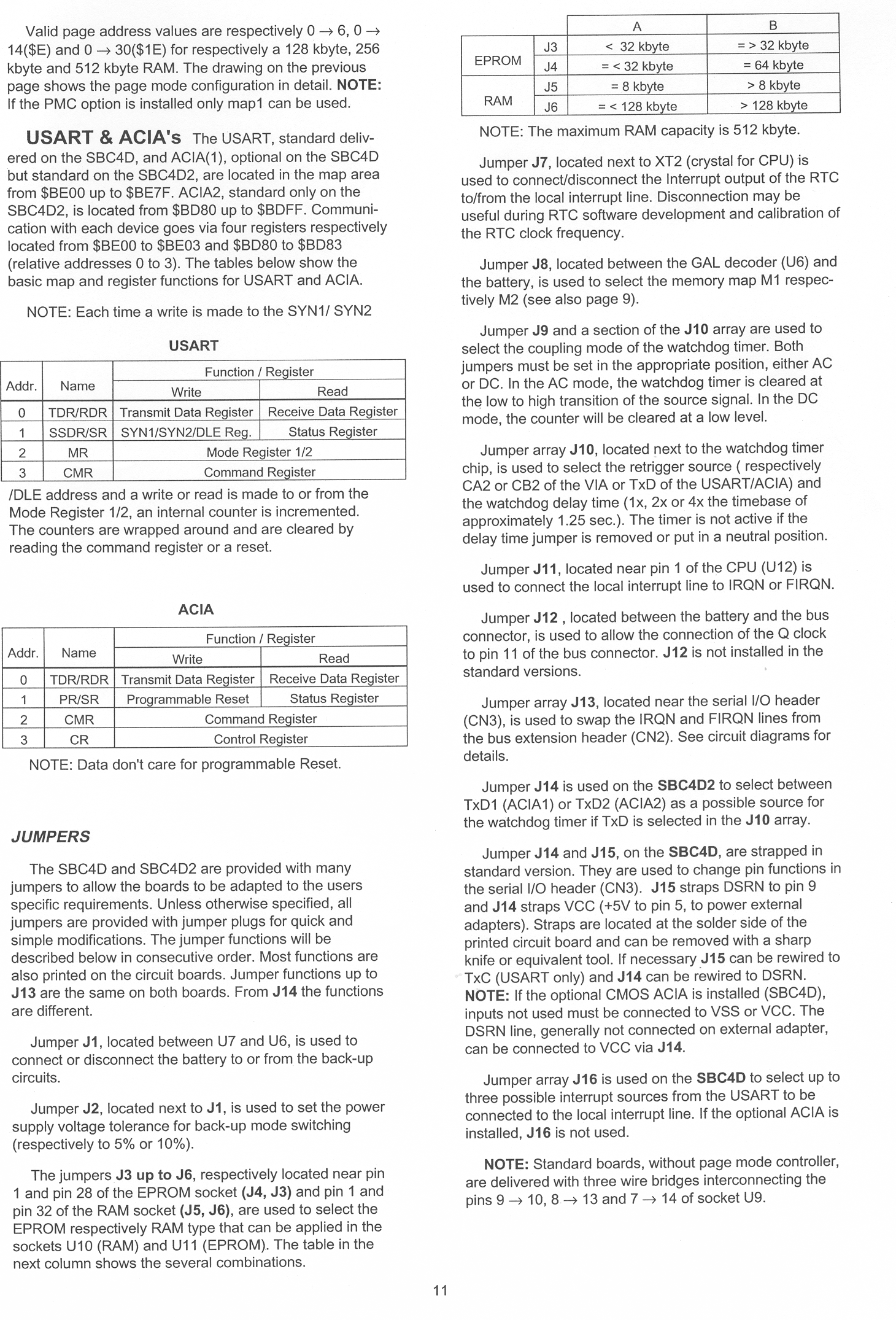
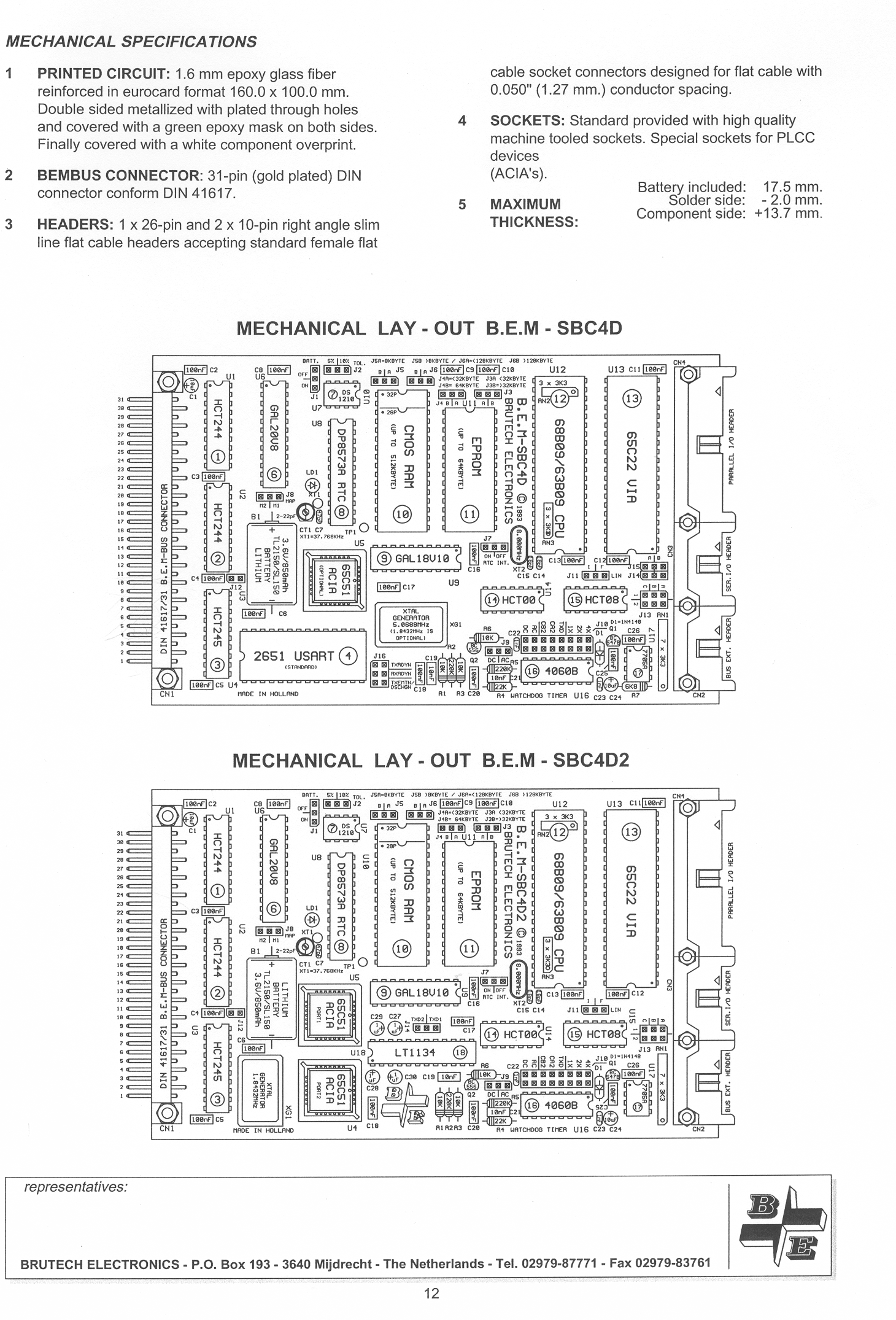
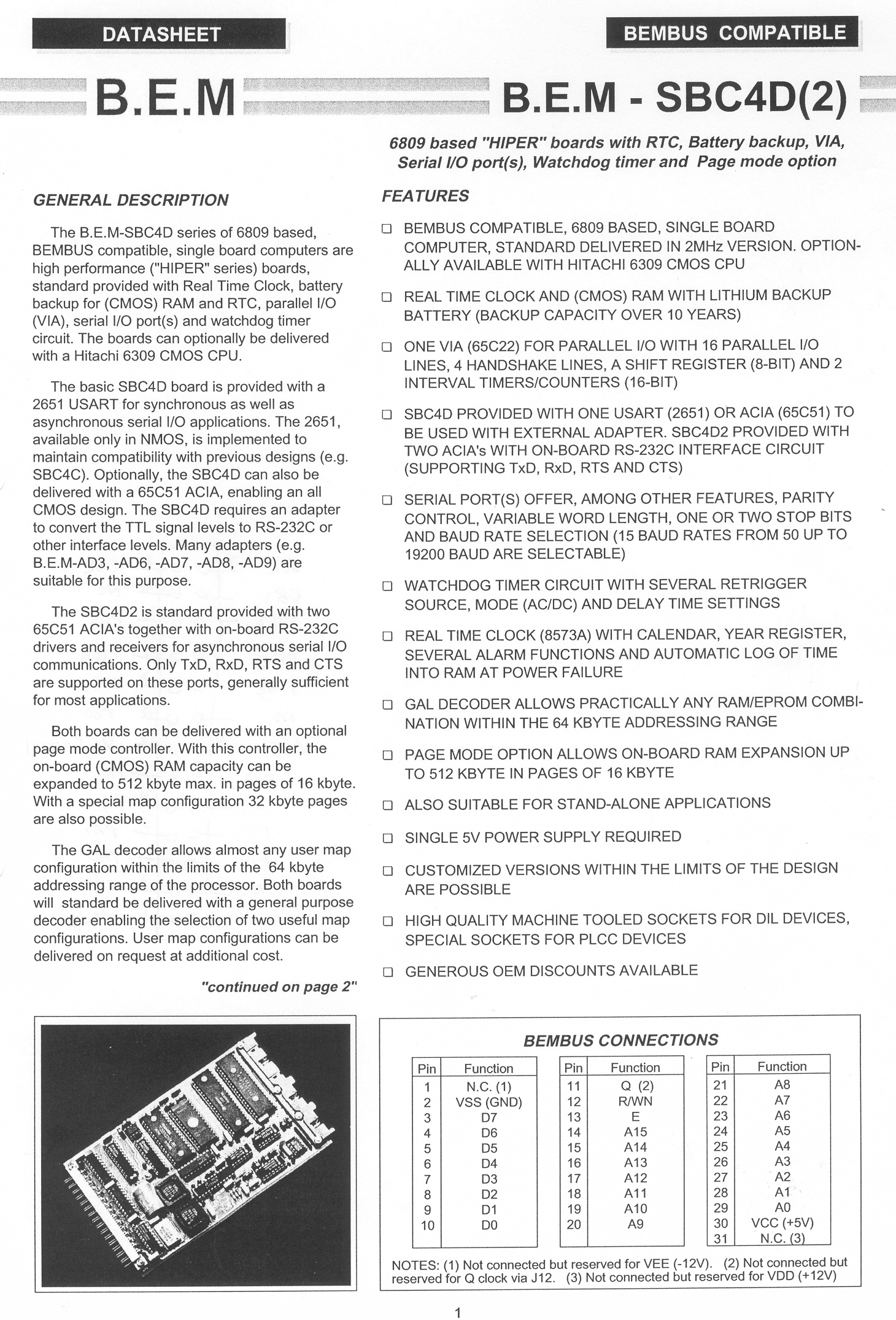
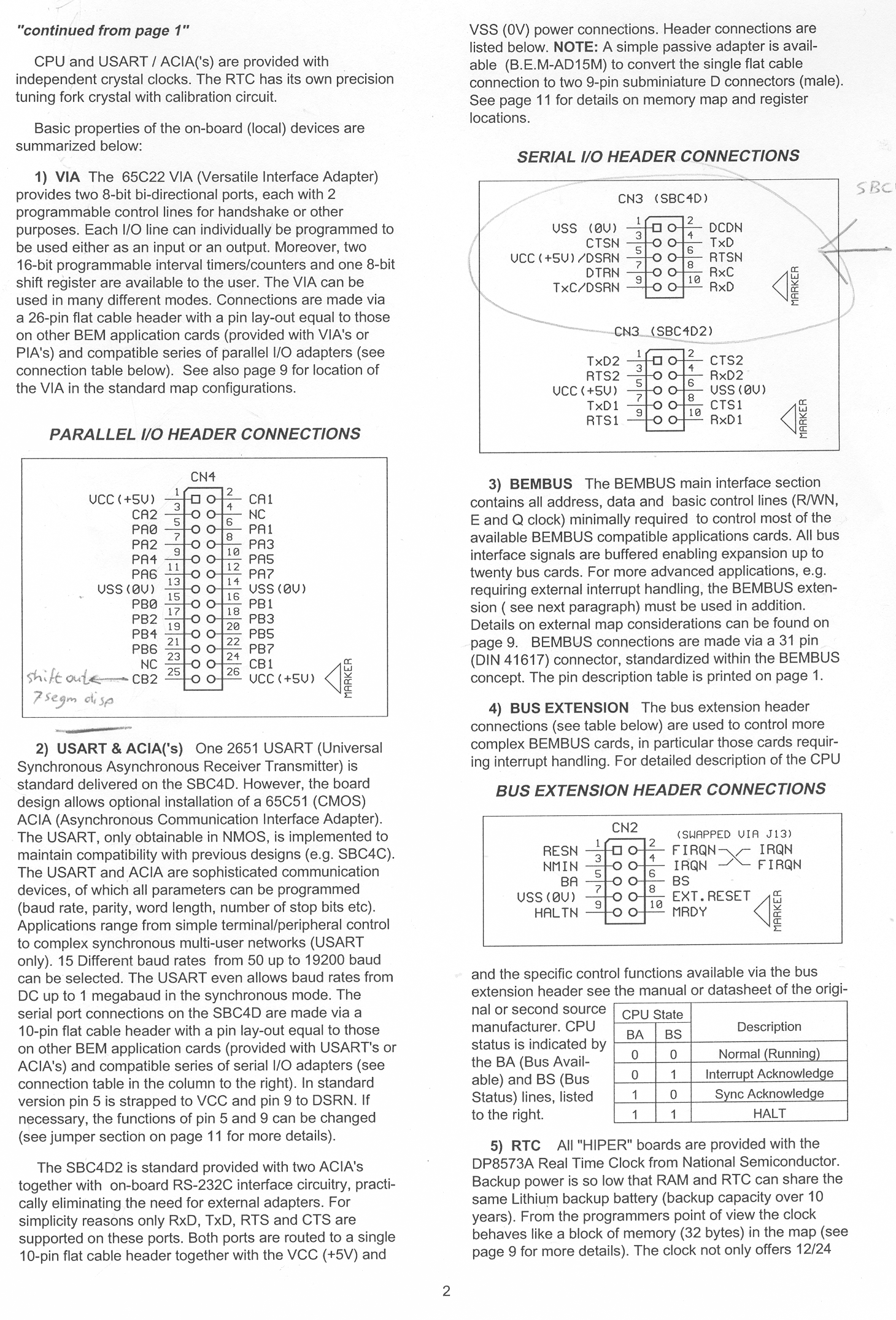
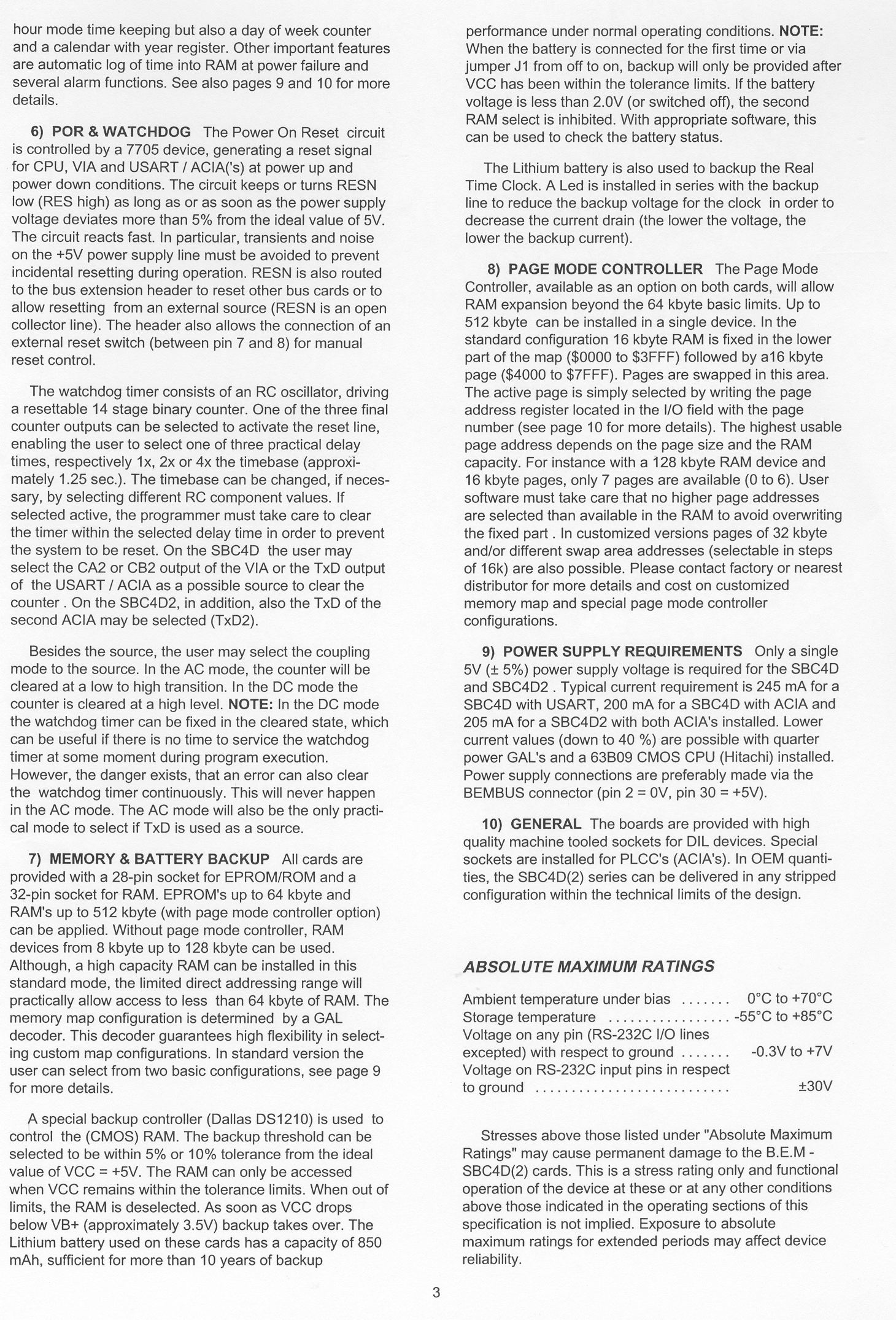
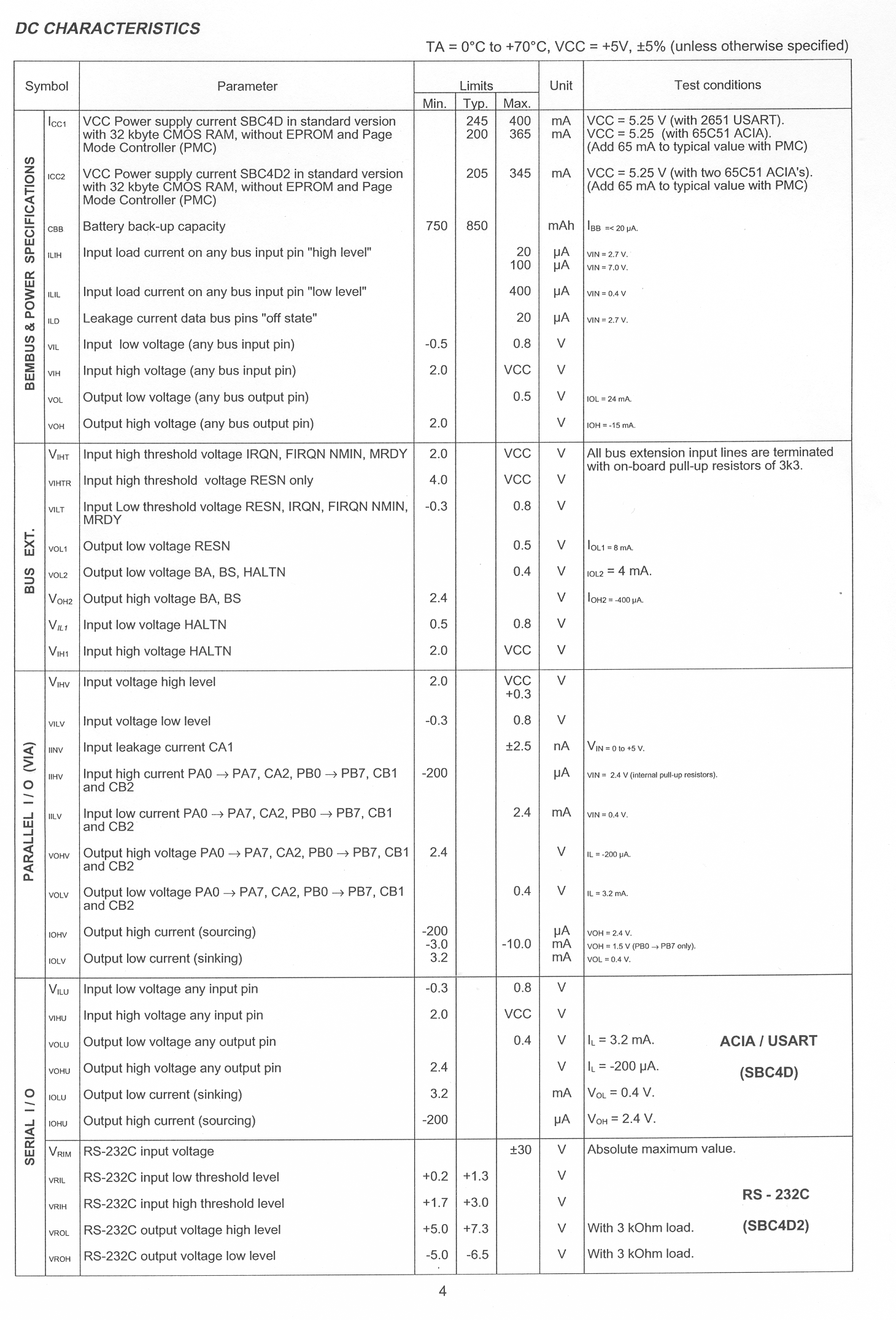
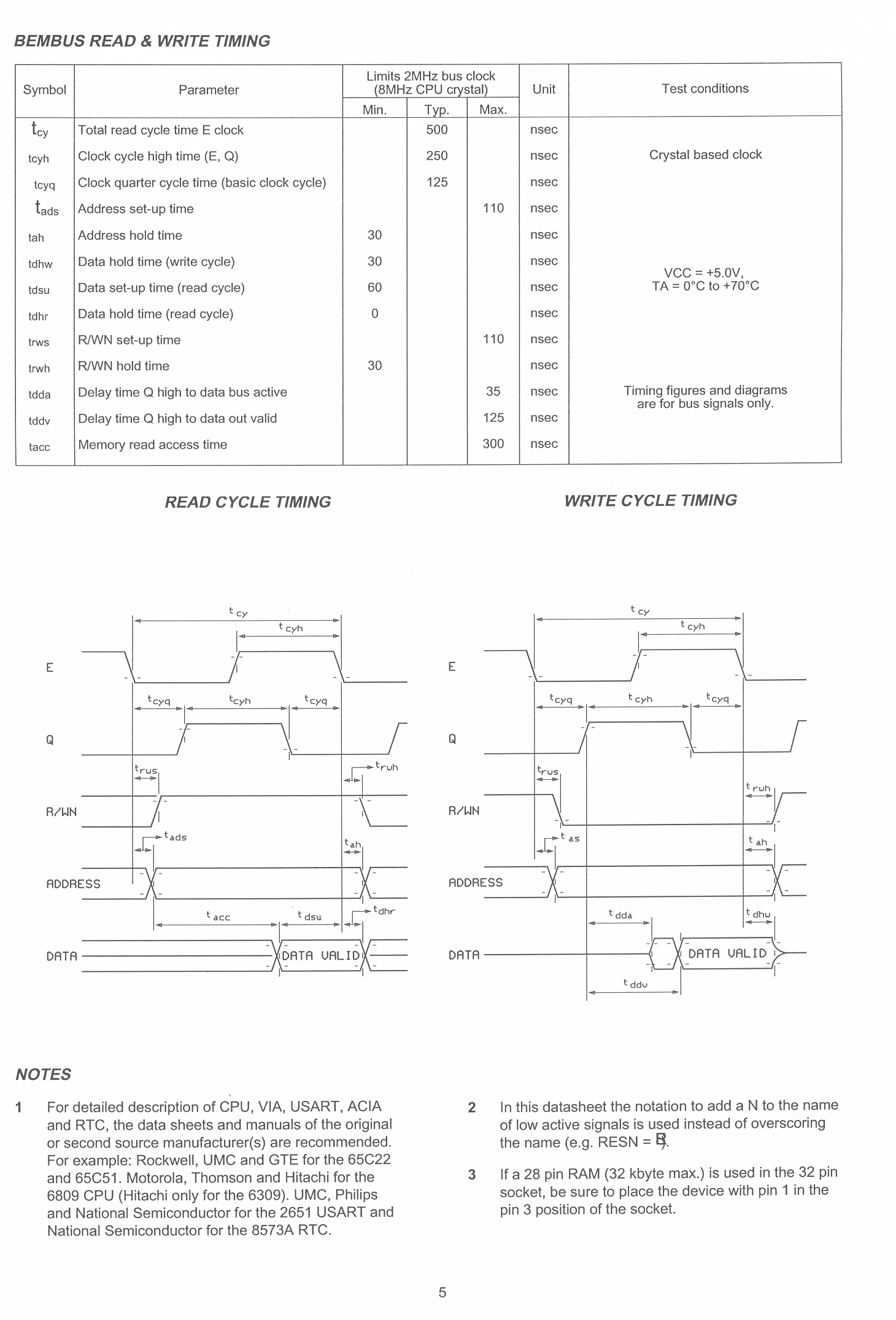
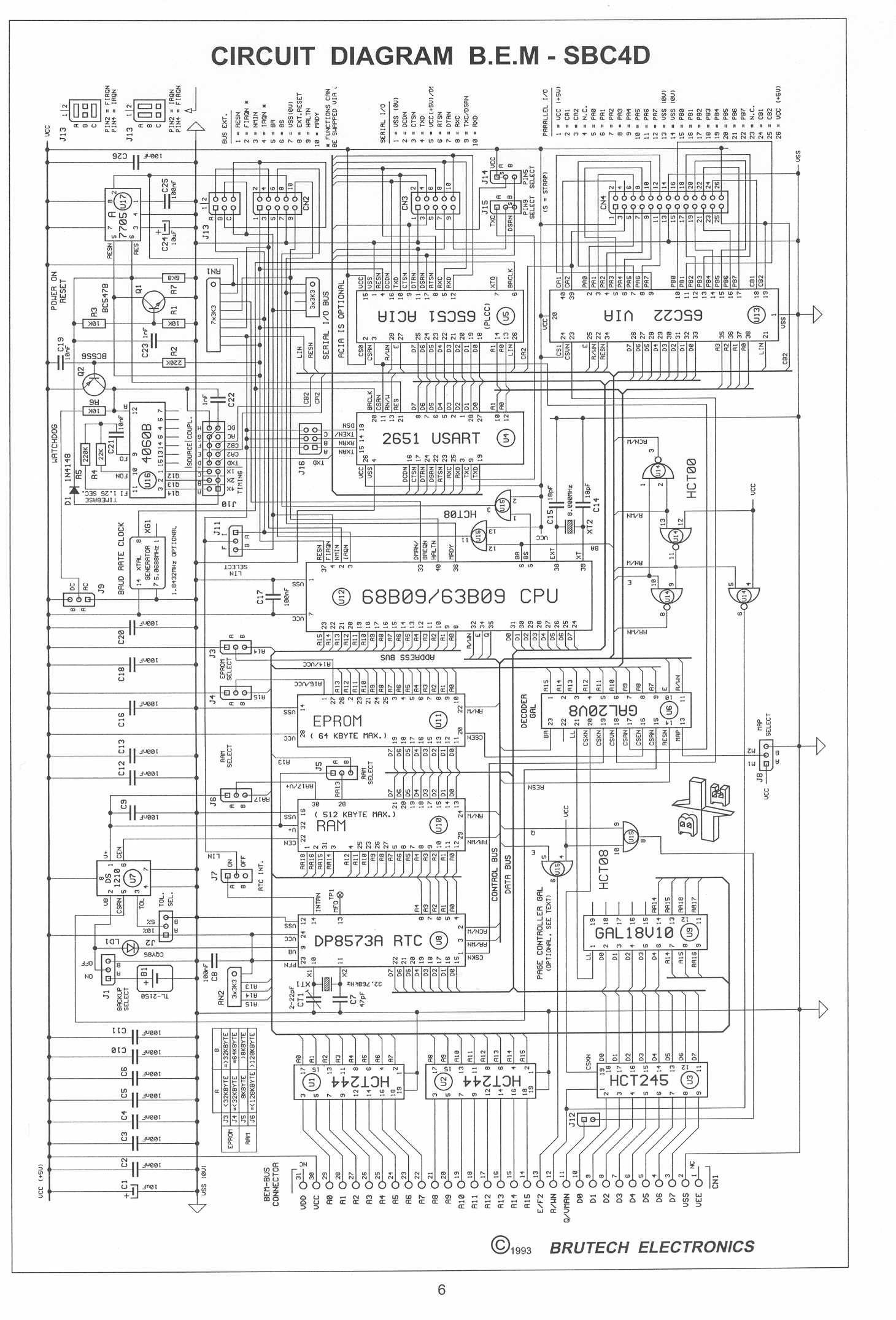
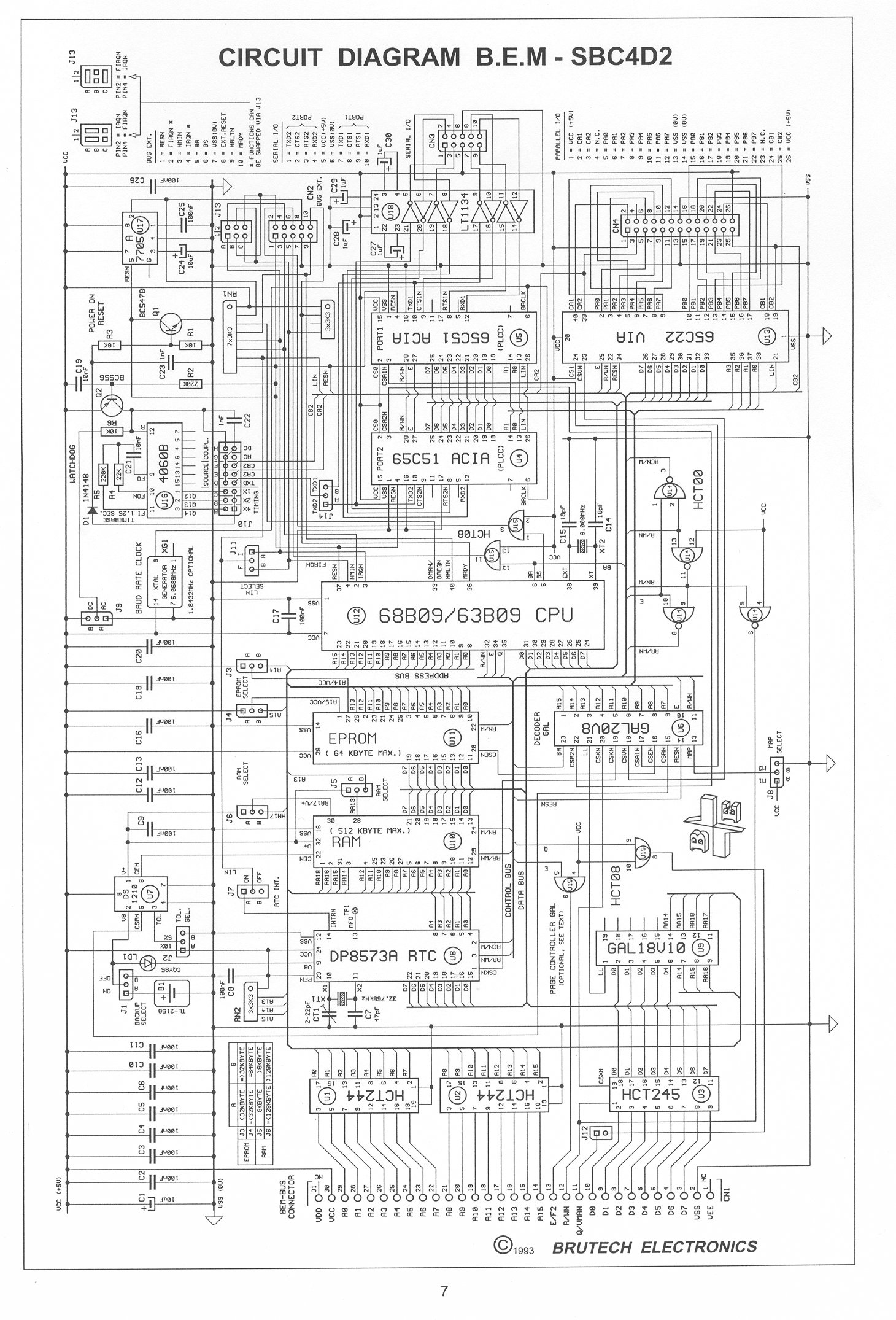
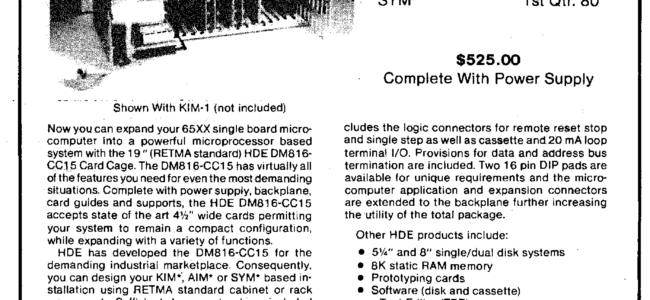
Hudson Digital Electronics Inc
Known by advertisments in the KIM-1/User Notes.
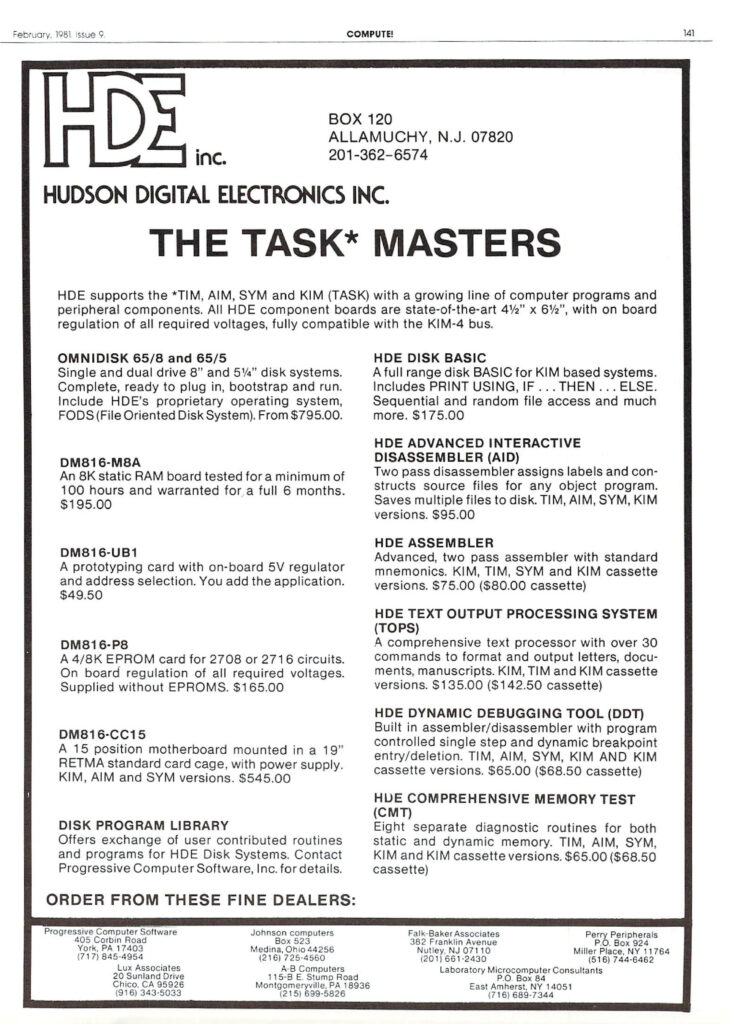
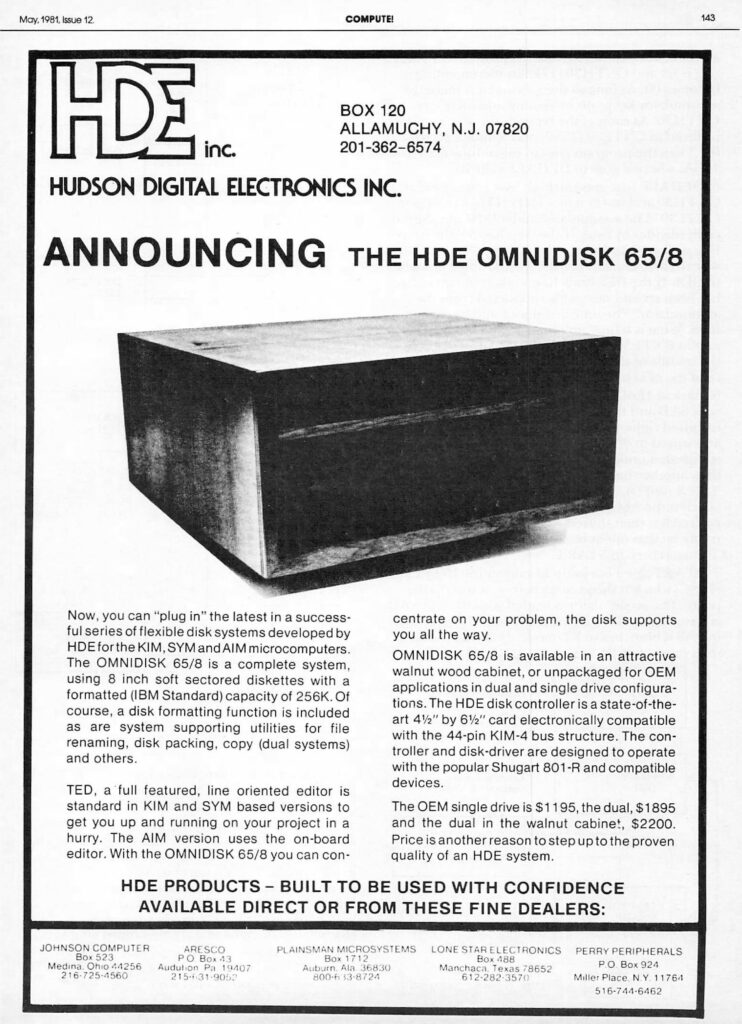
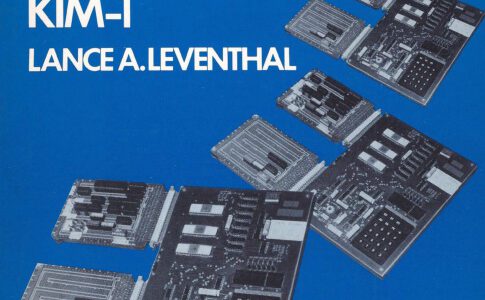
KIM-1, AIM-65, SYM-1 and other 6502/65C02/65C816 related books.
A mix of English, German and Dutch books.
On my bookshelf I have quite a collection of books on the 6502 family.
Note that manuals and books that come with systems are shown on the pages of the corresponding system!
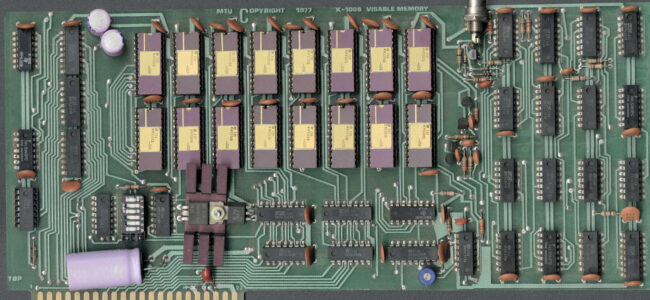
Micro Technology Unlimited produced a lot of hardware and software for the KIM-1, SYM-1, AIM 65 and more.
The company is still in business, now sells Karaoke software.
On these pages I have collected what is known about MTU and the products for the KIM-1 (and the MTU-130/140).
With thanks to David Williams, Eric Wright, Dave Plummer, Jack Rubin and Eduardo Casino.
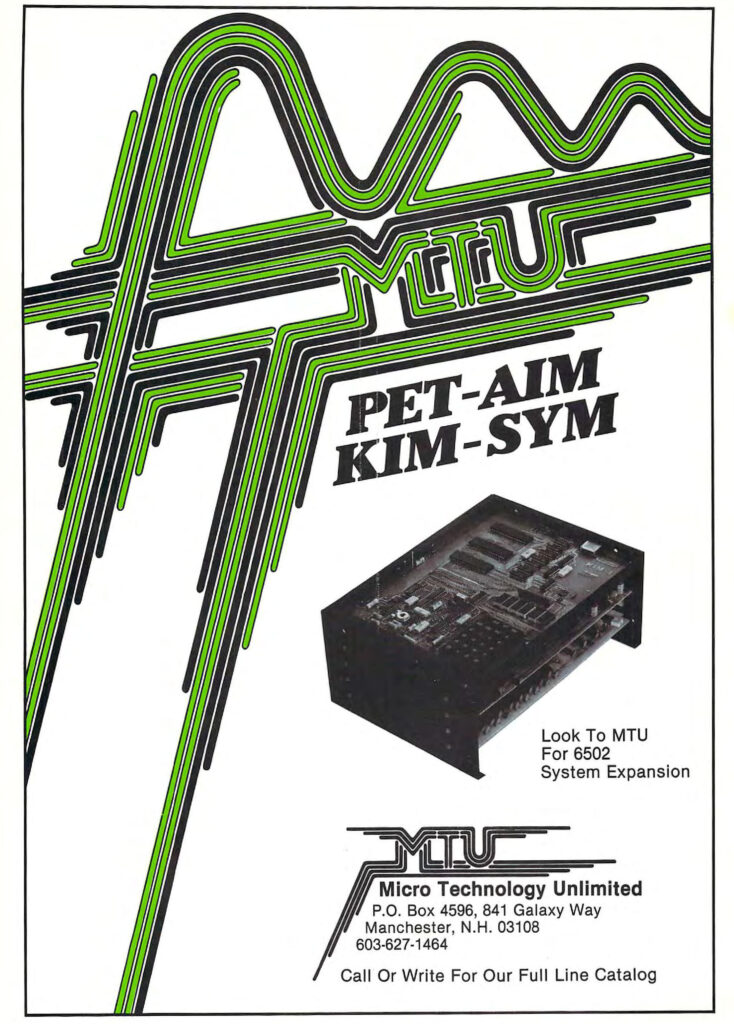
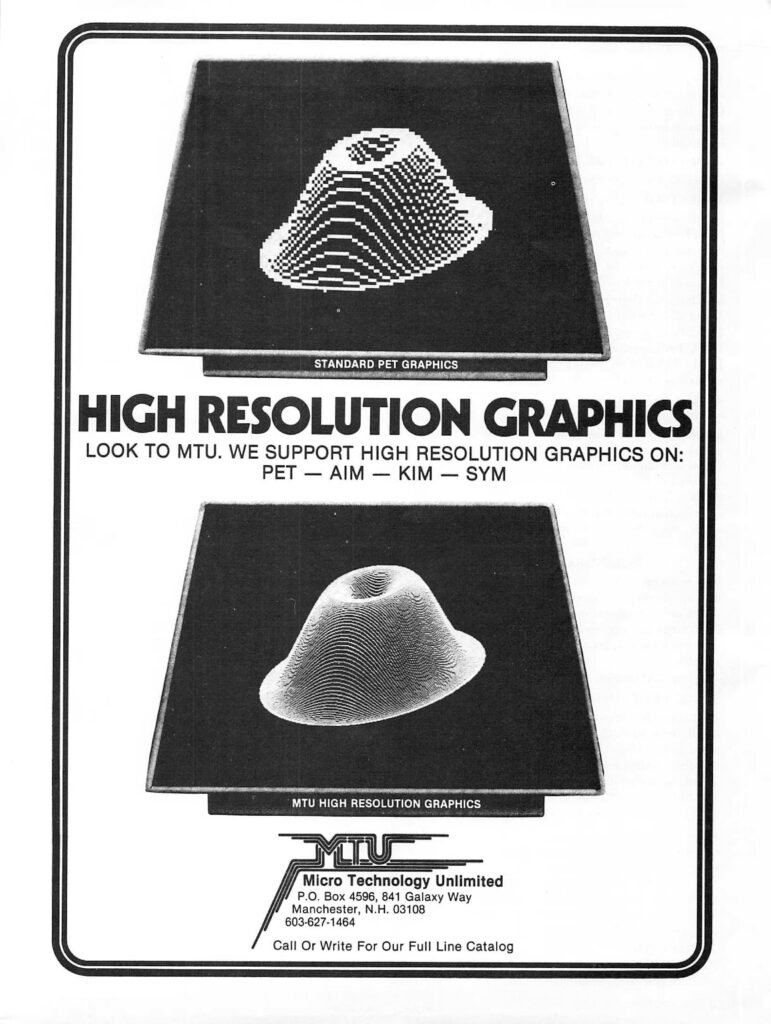
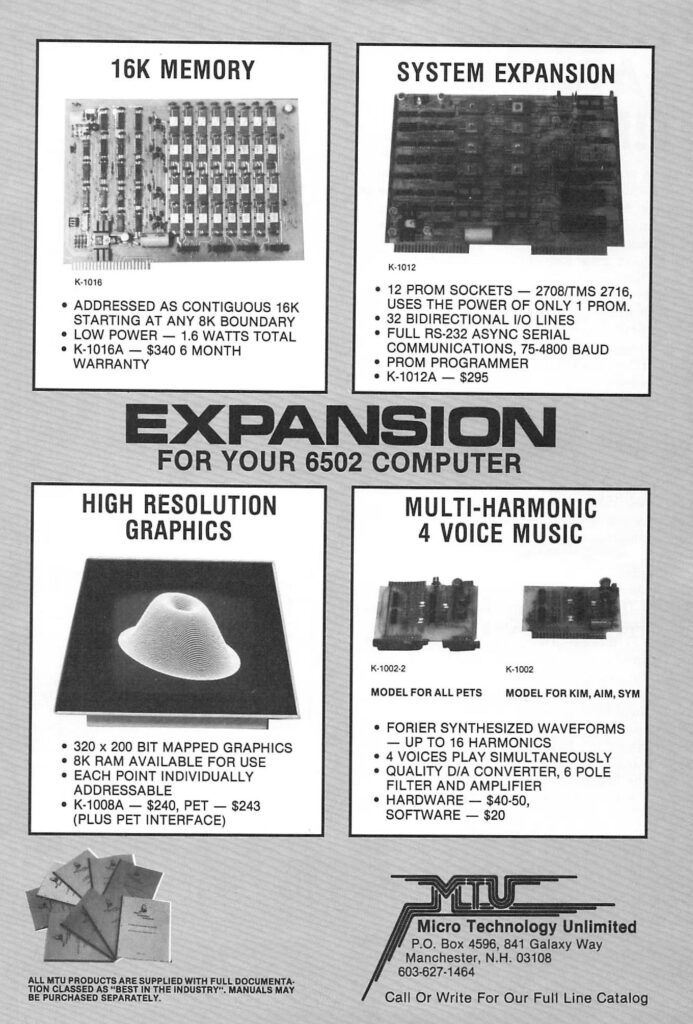
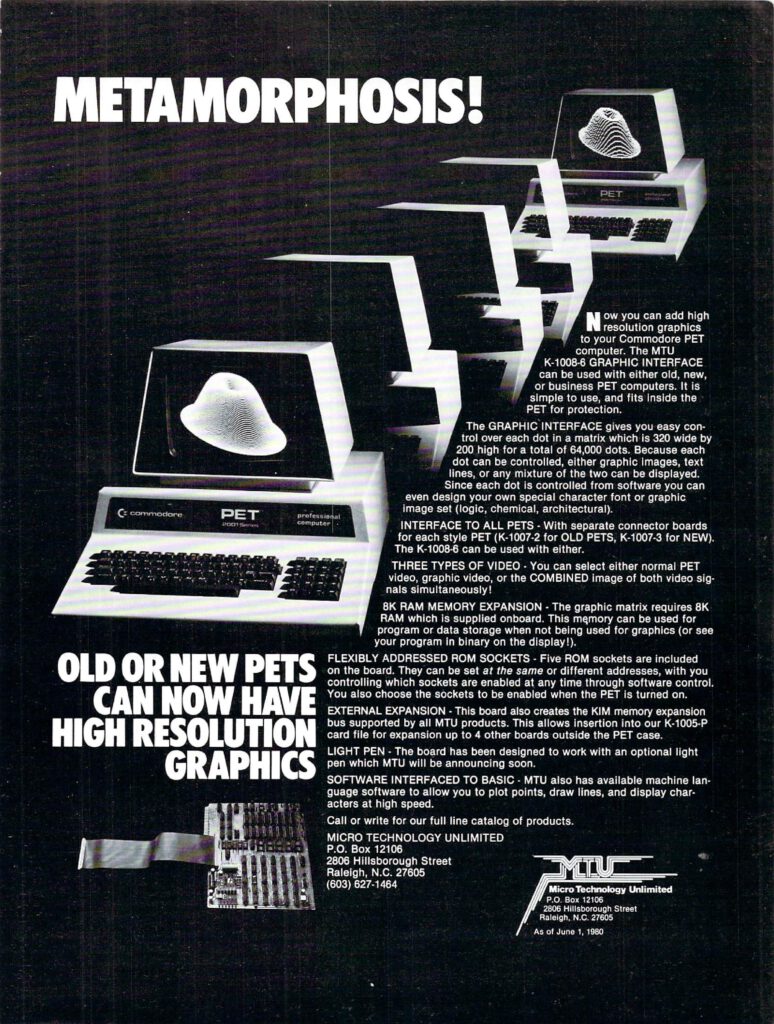
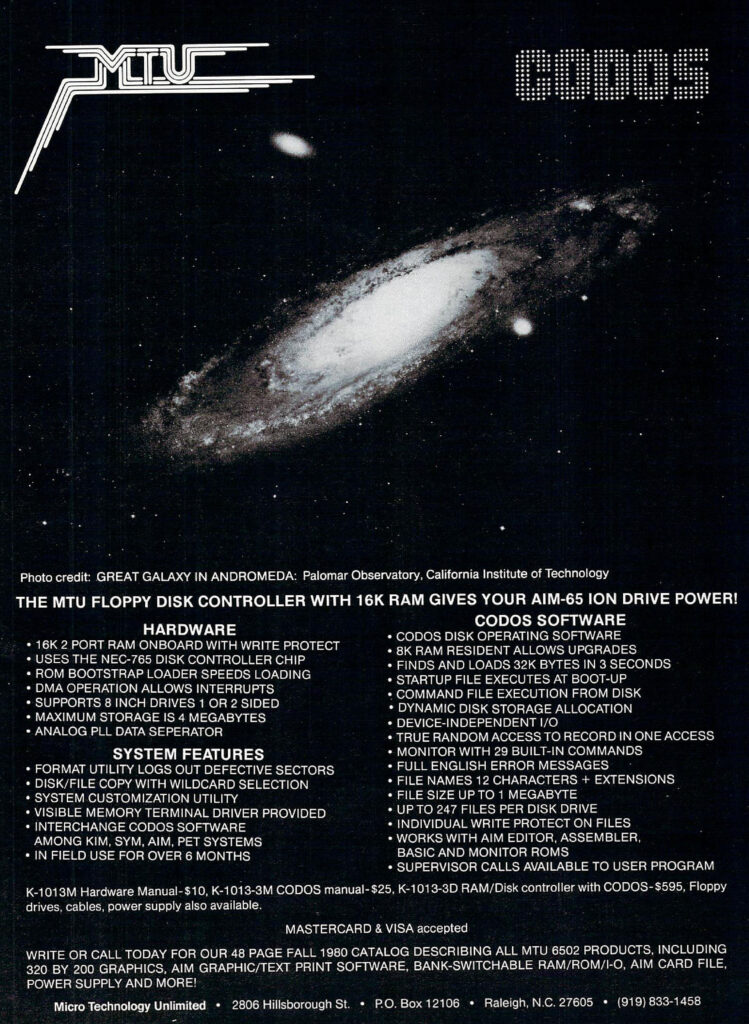
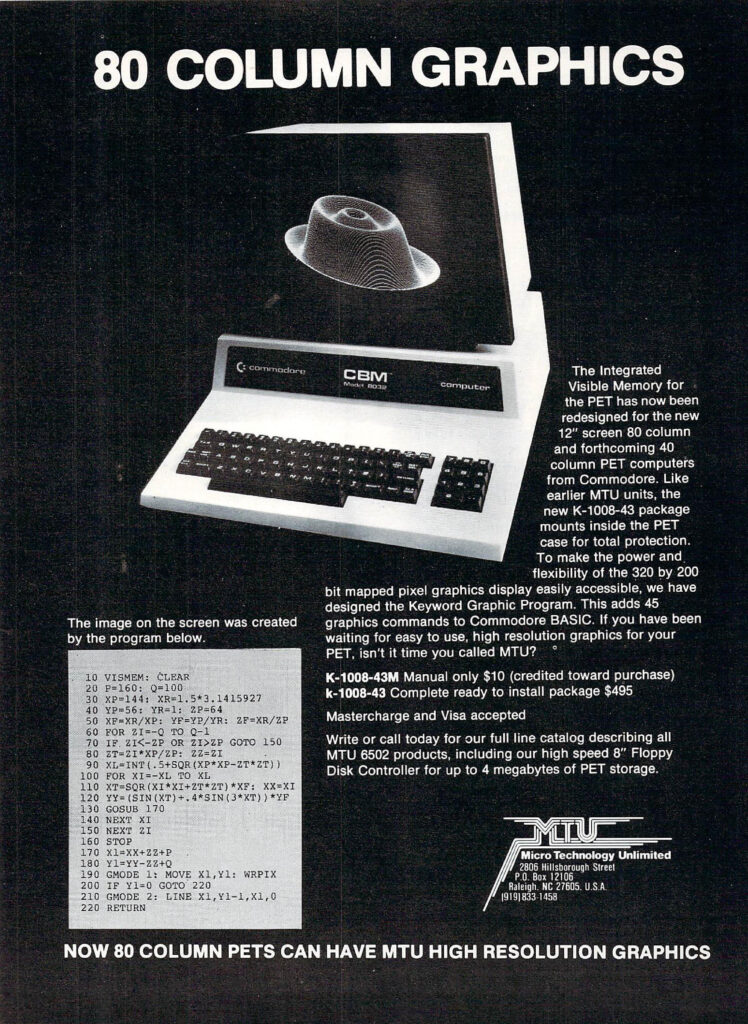
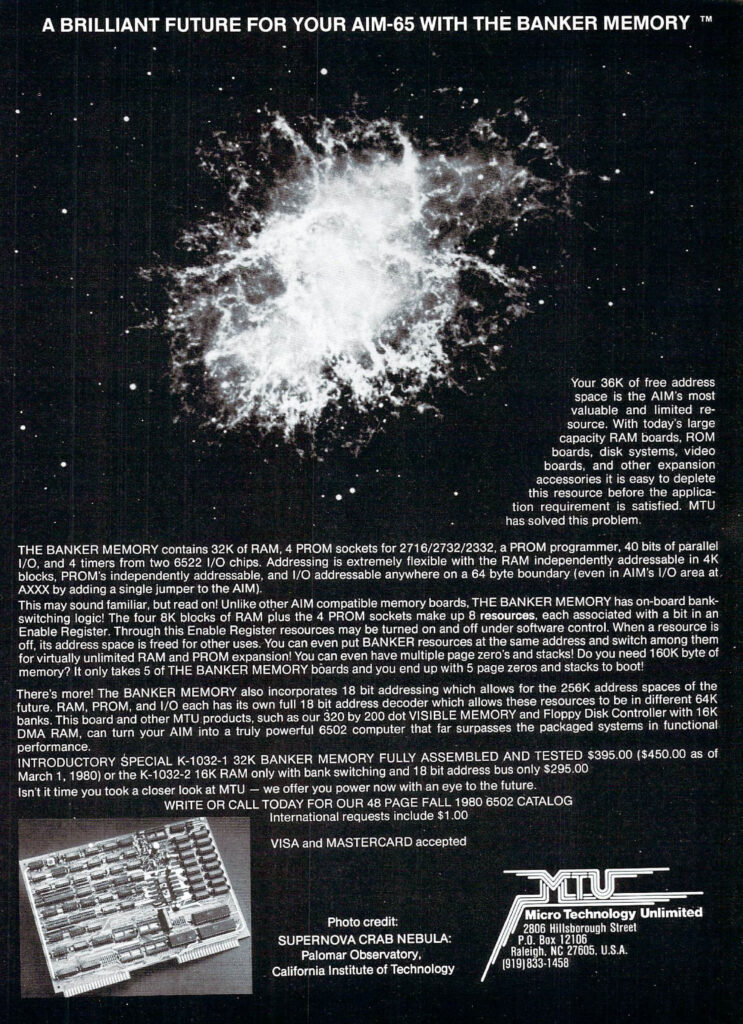
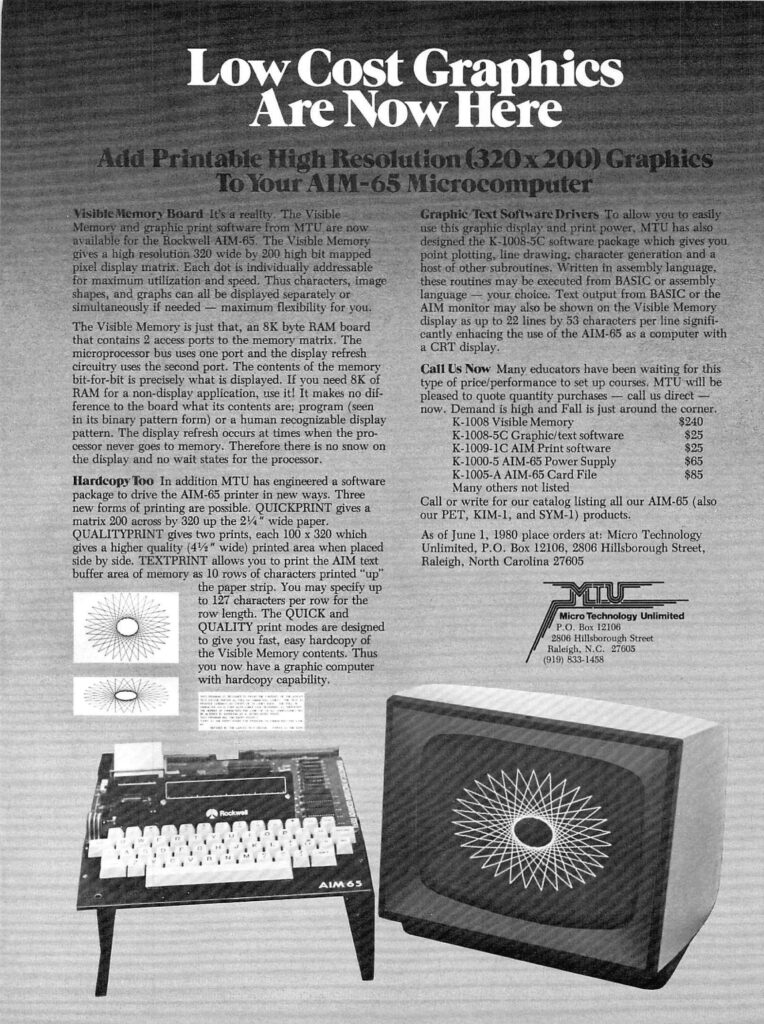
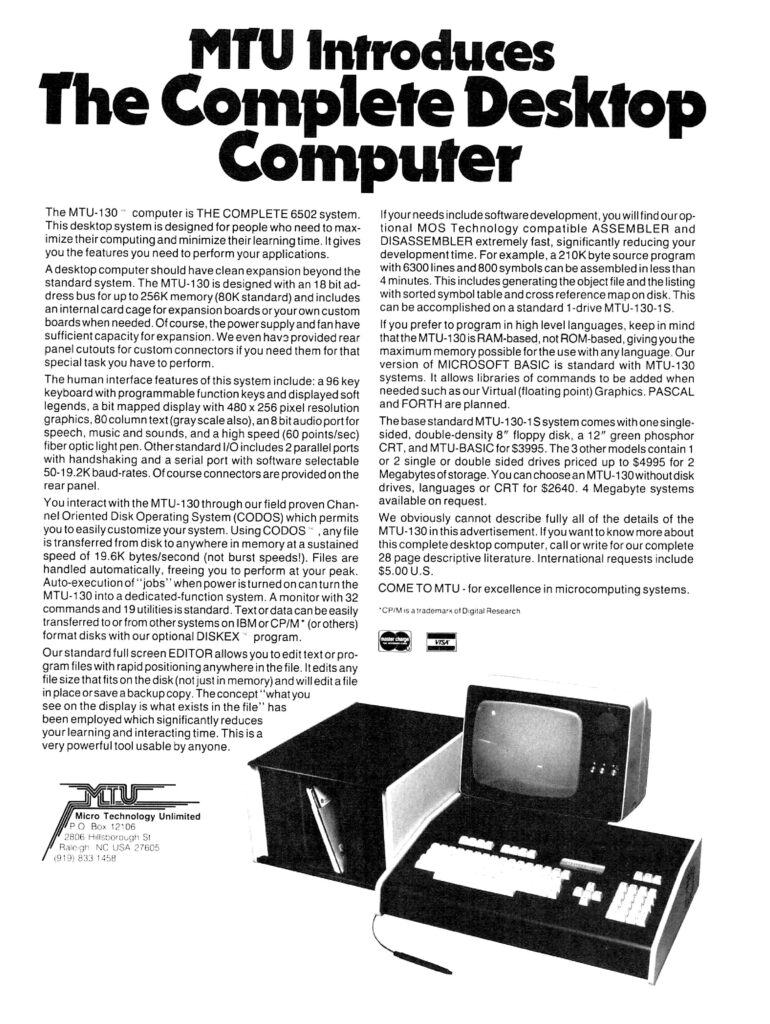
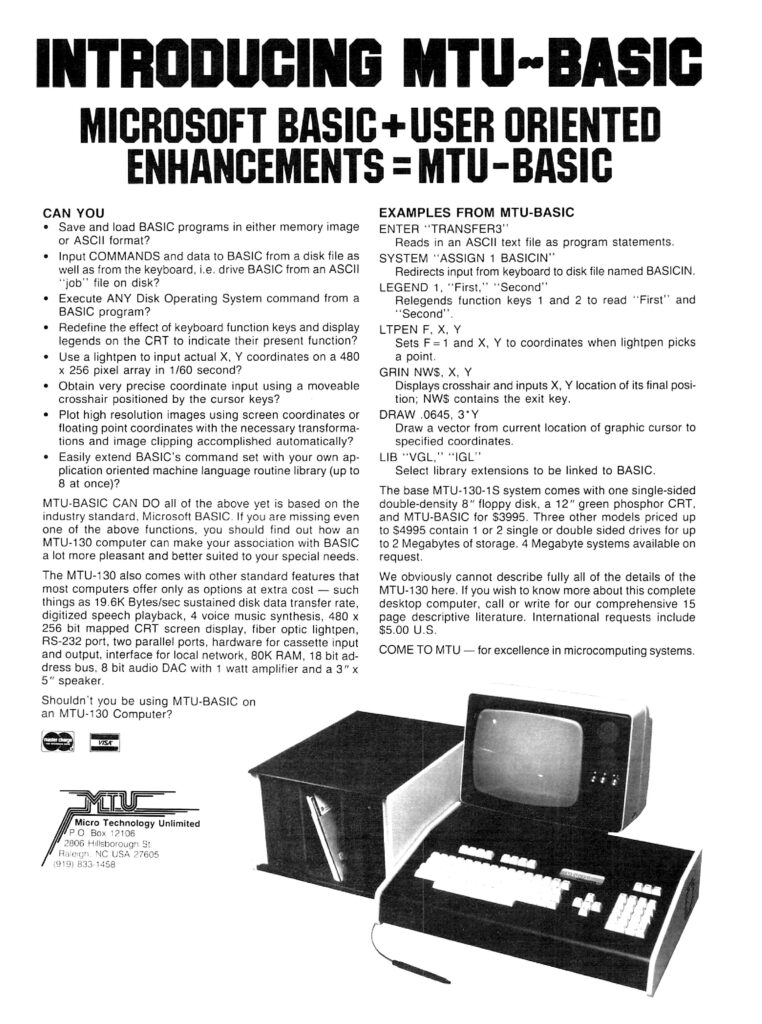
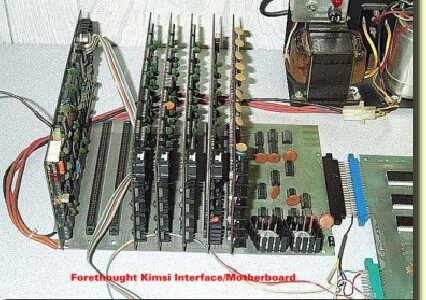
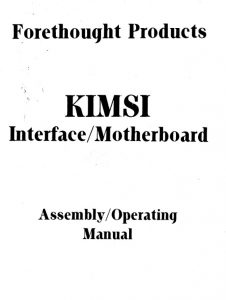 |
KIMSI, Motherboard KIM-1 to S-100 |
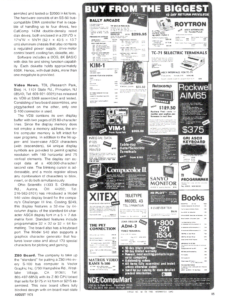 |
Byte 1978 08 Advertisement KIM-1 KIMSI, KIM-4 Enclosure 8K Visible Memory |
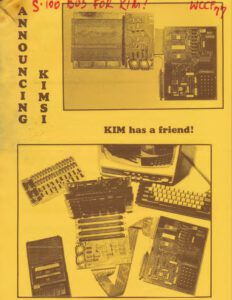 |
KIMSI announcement |